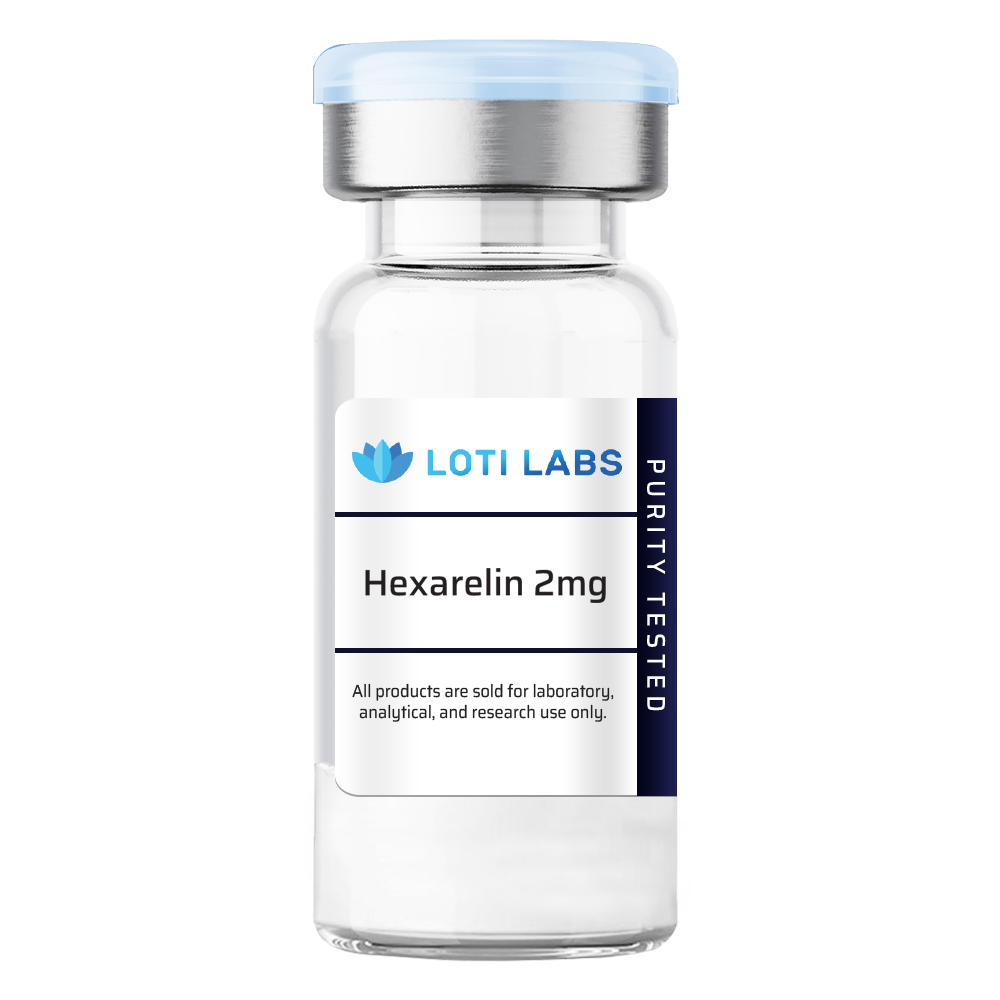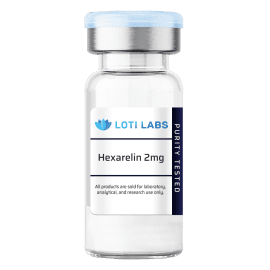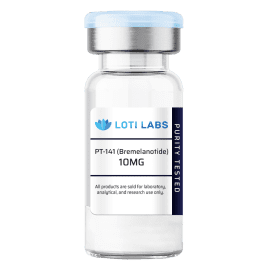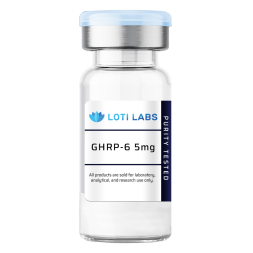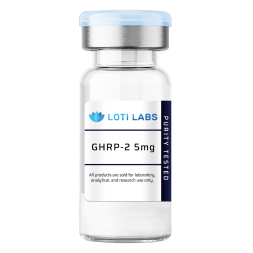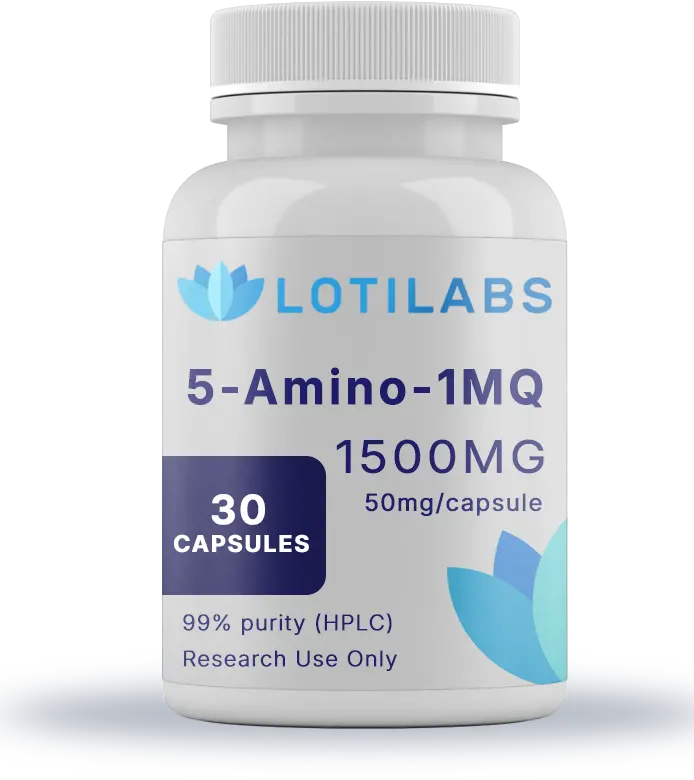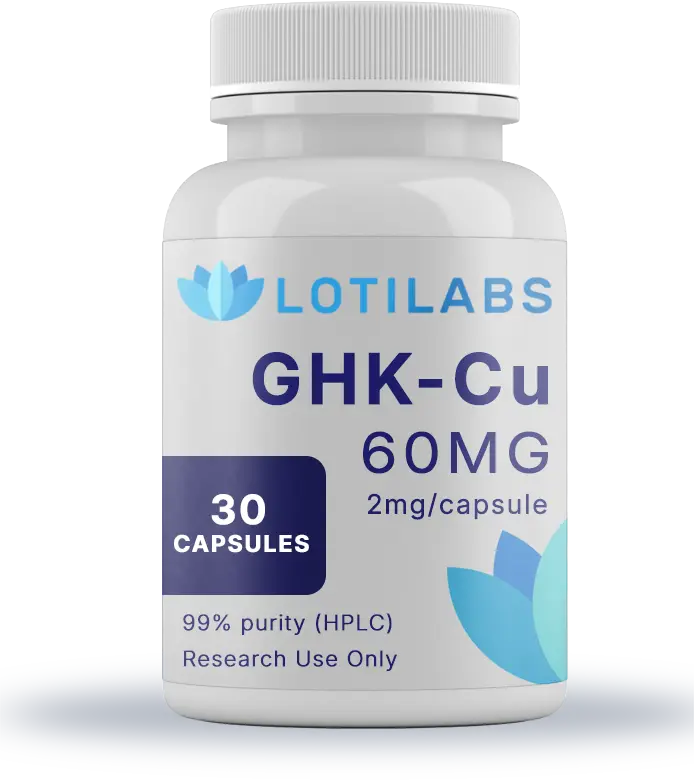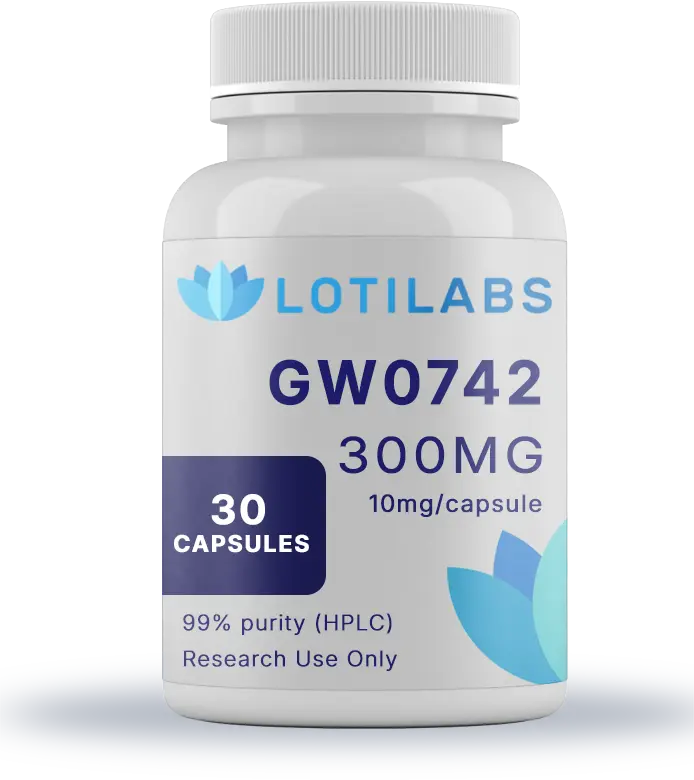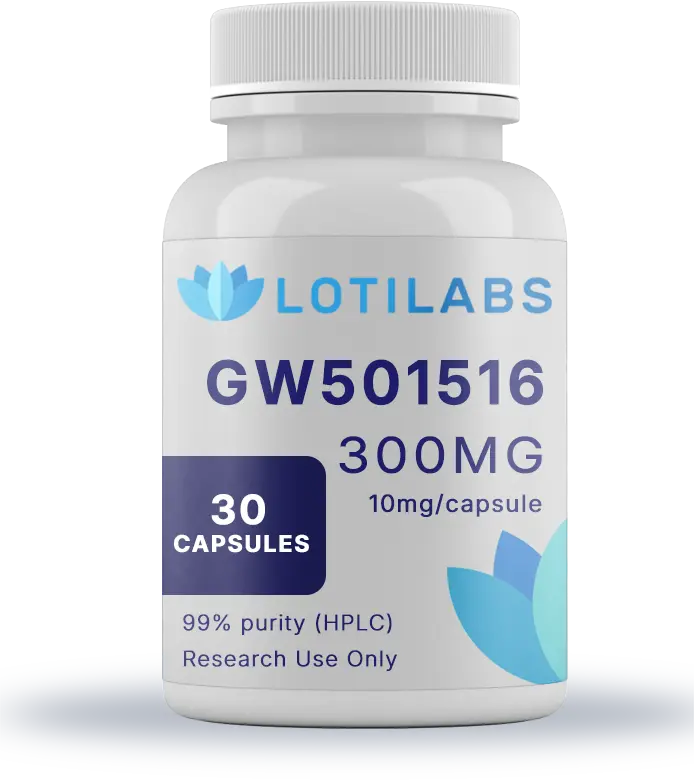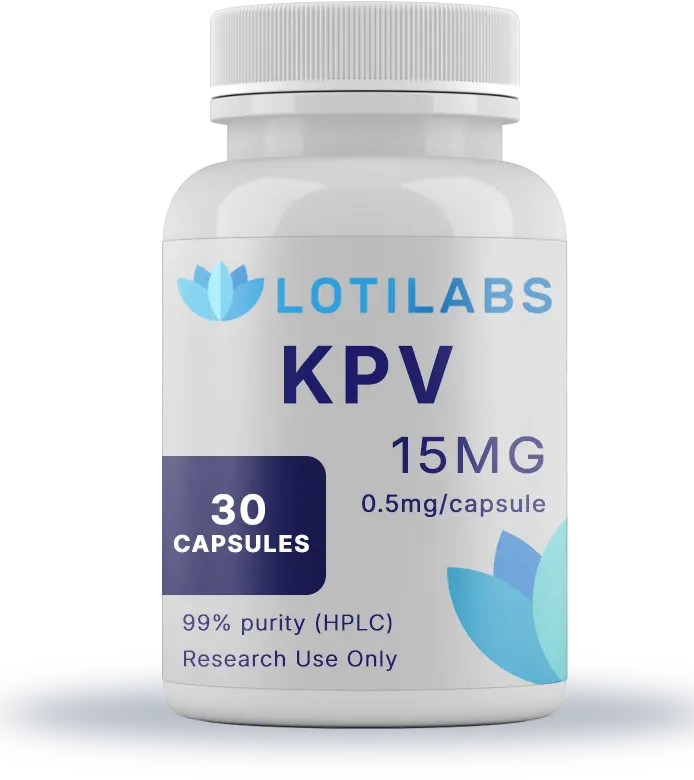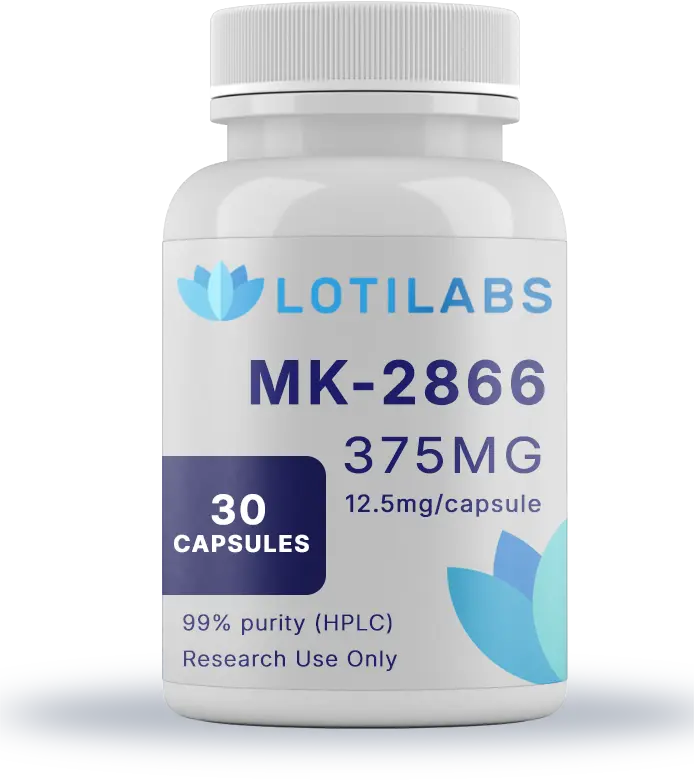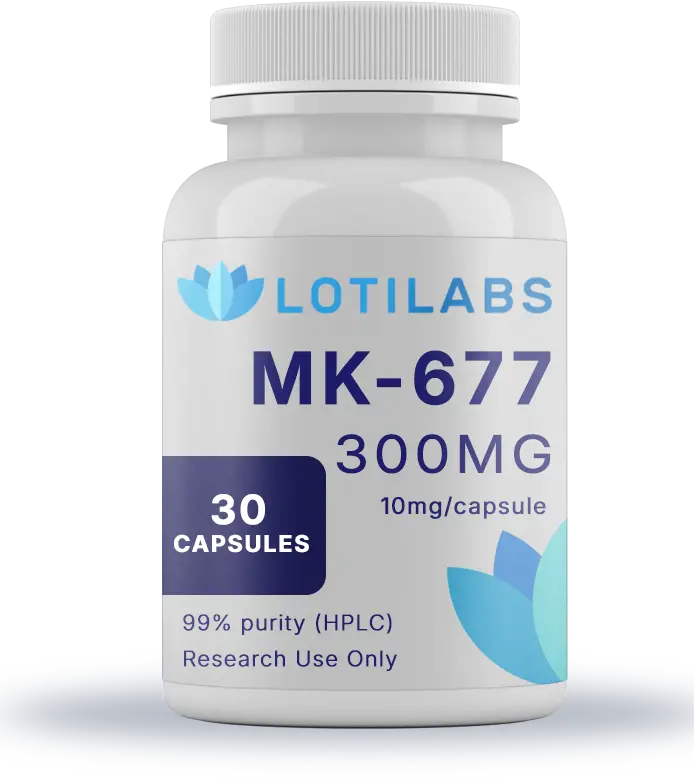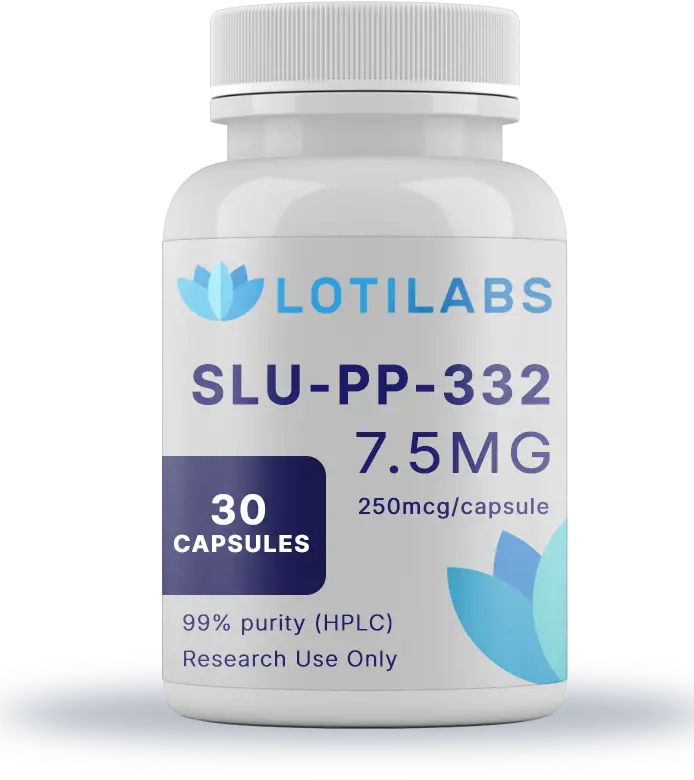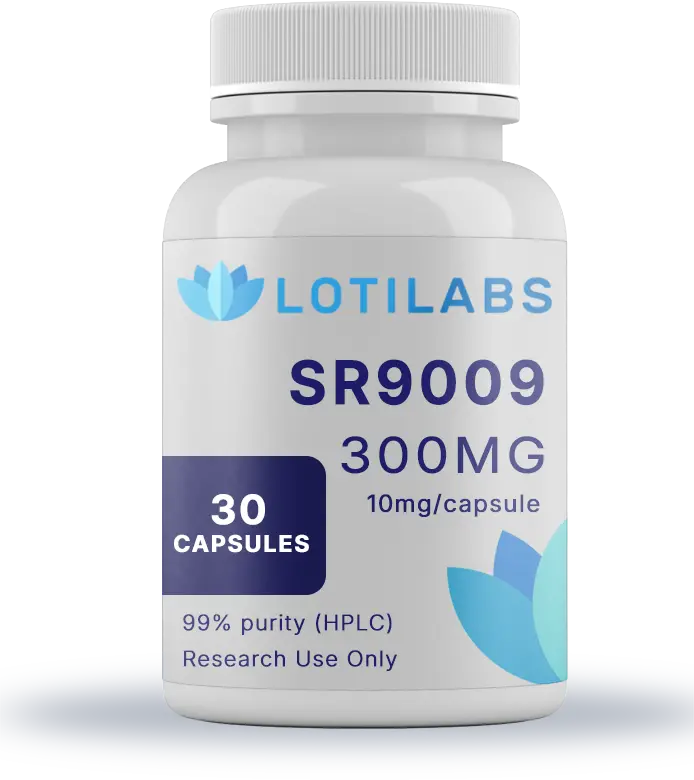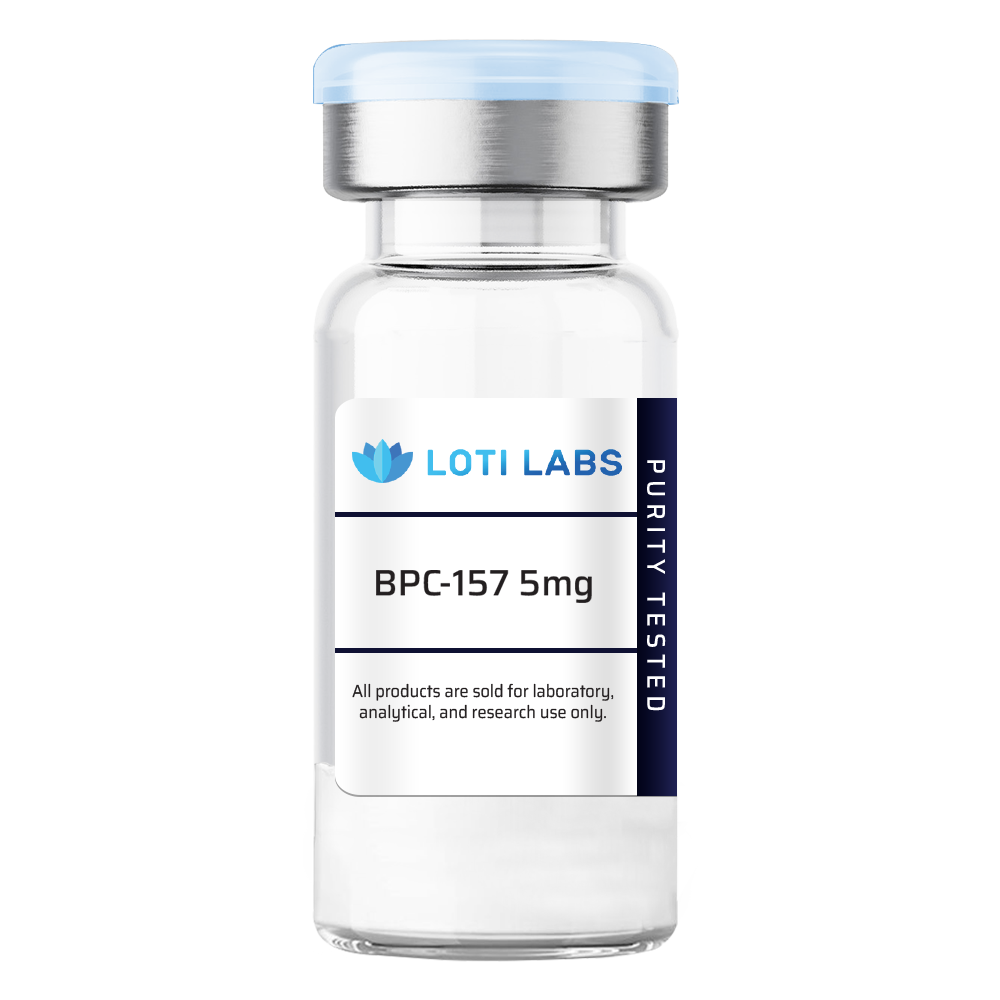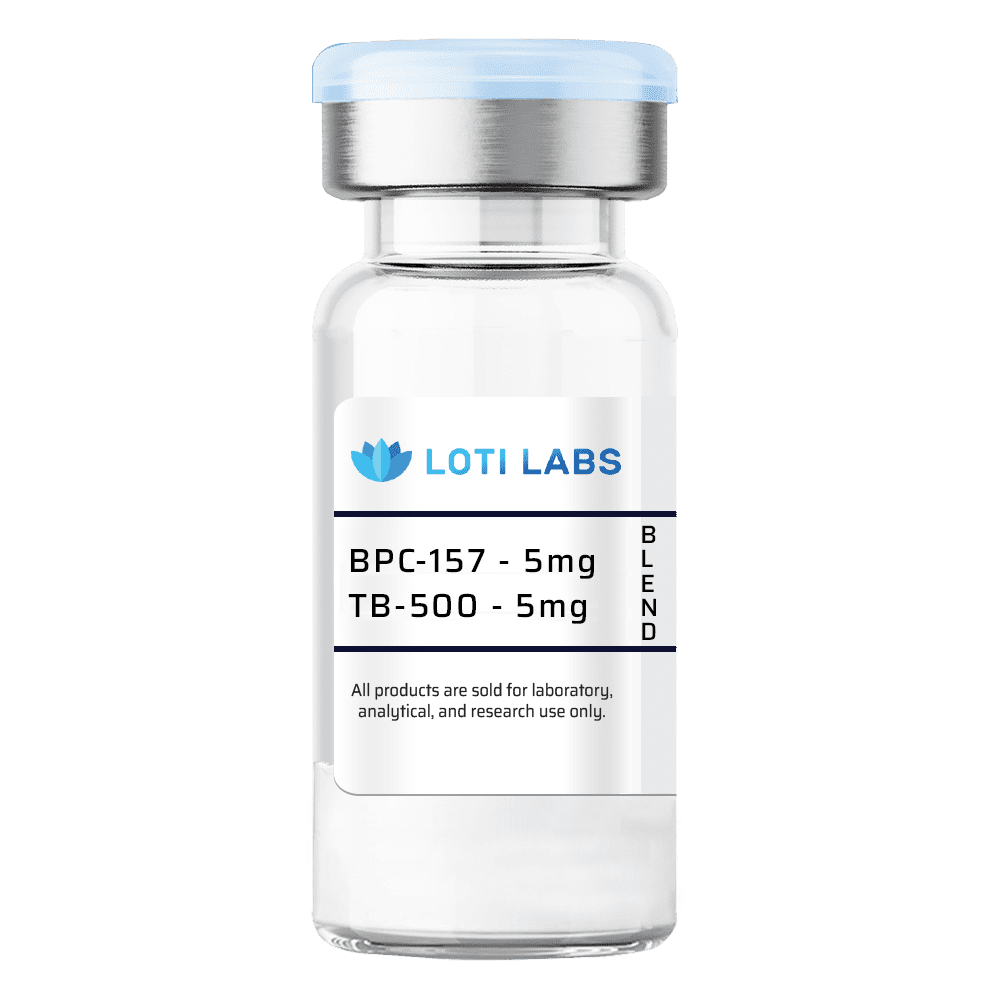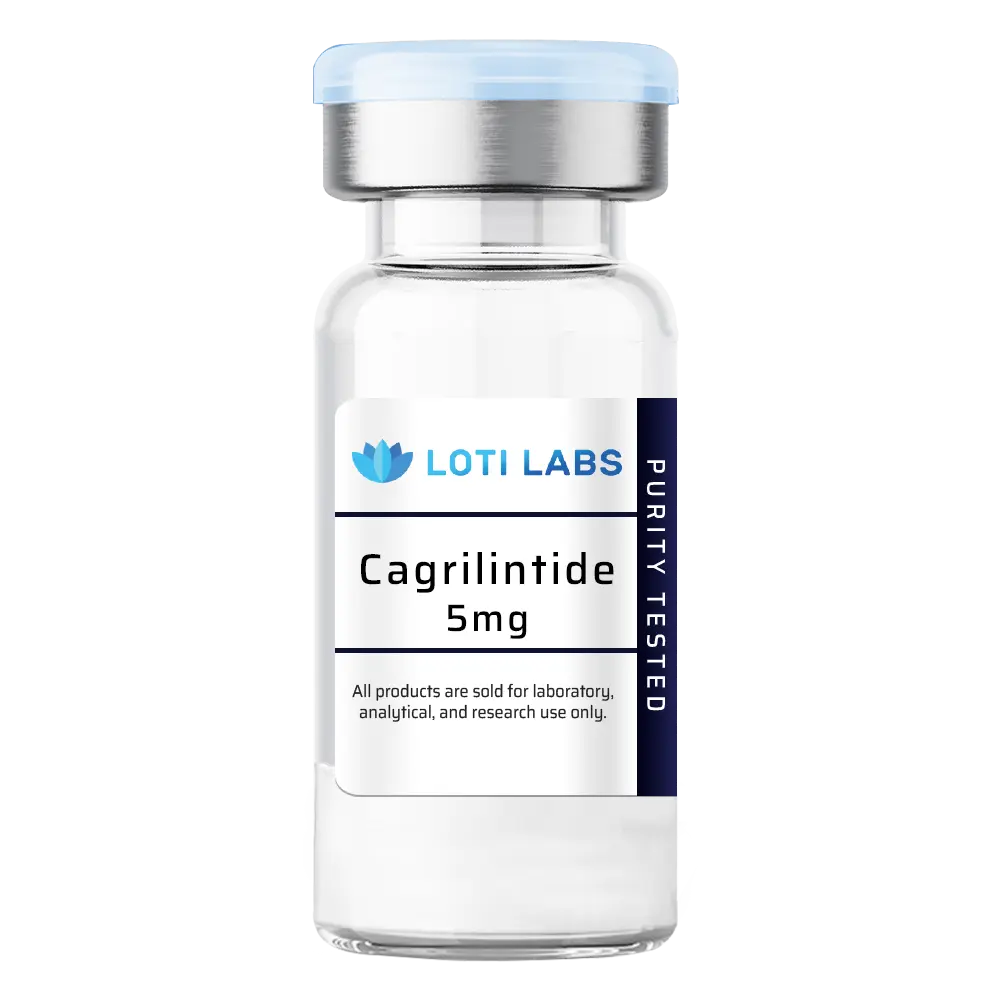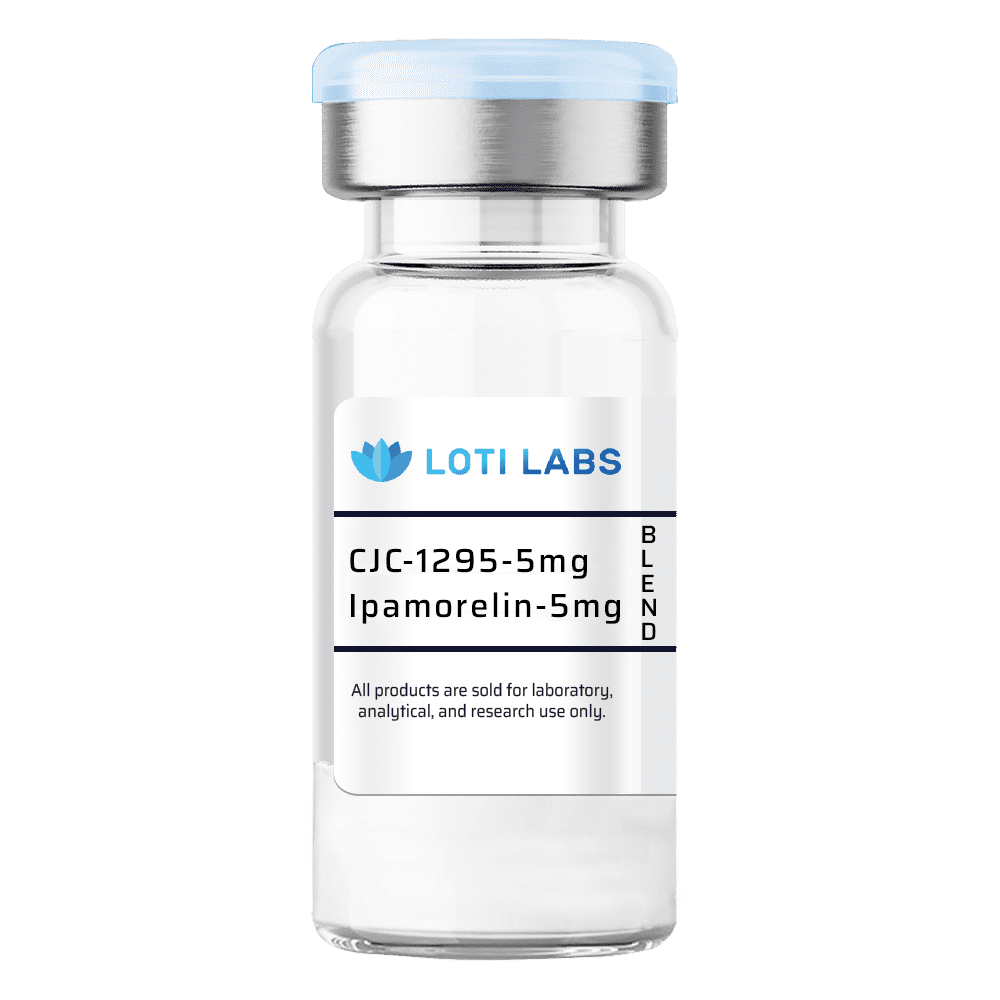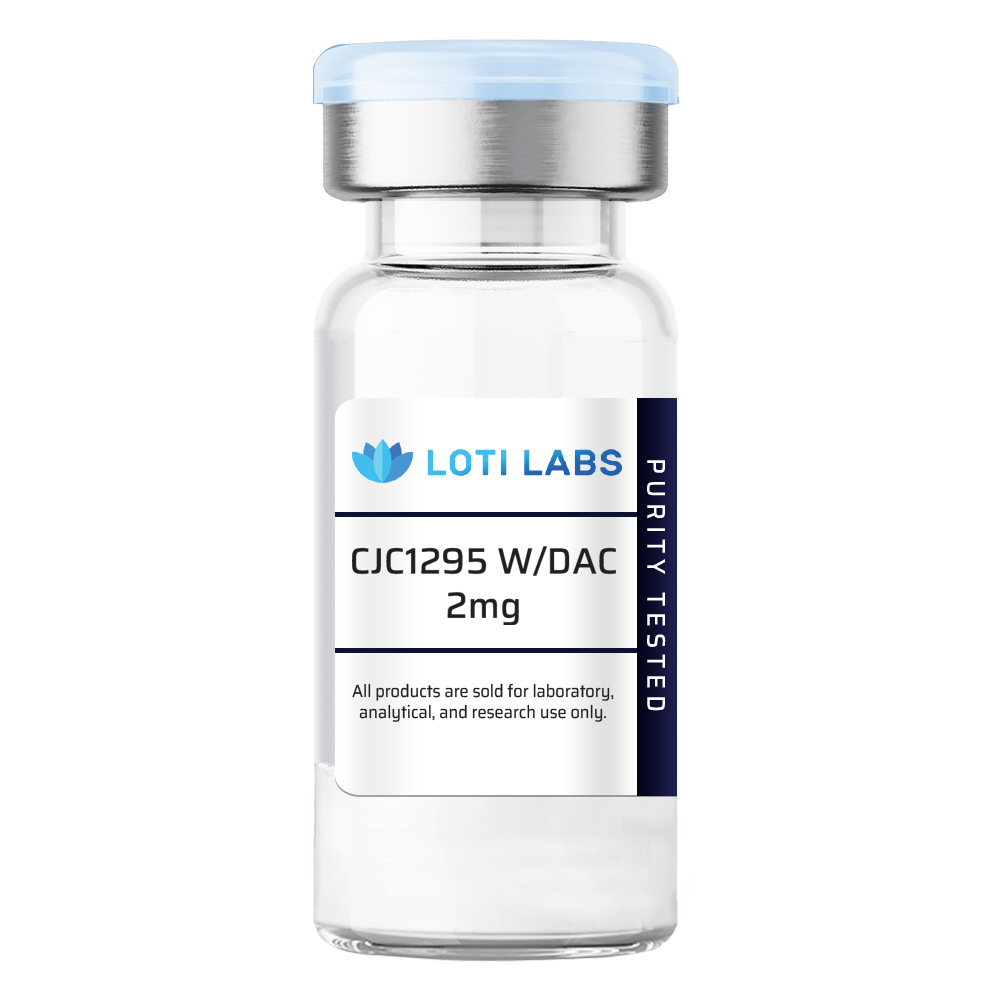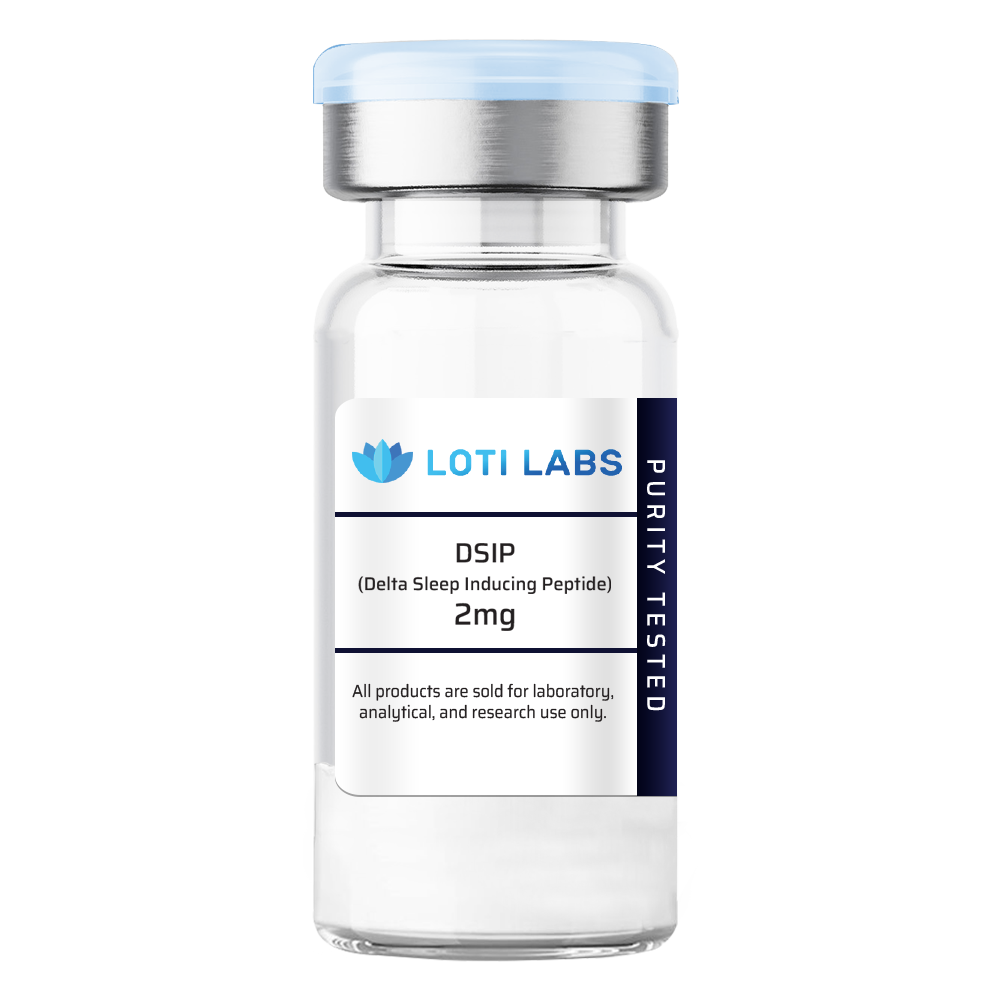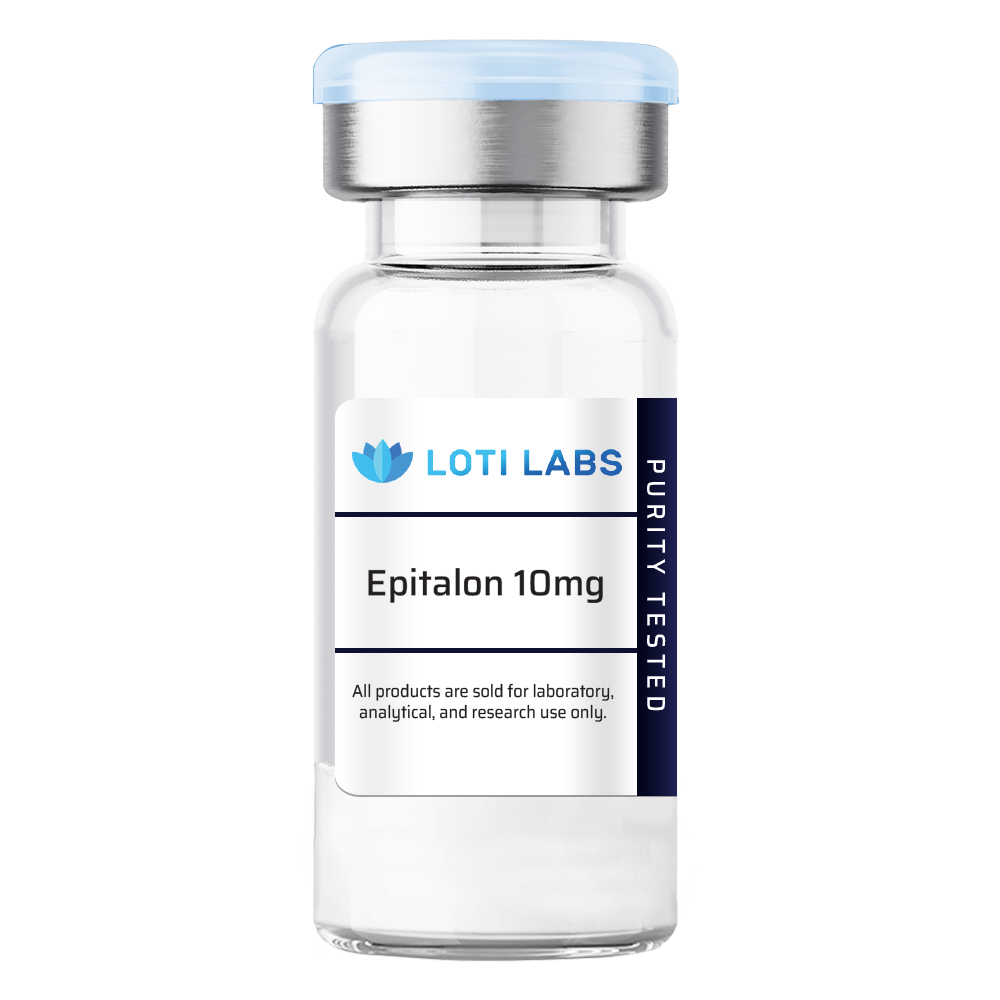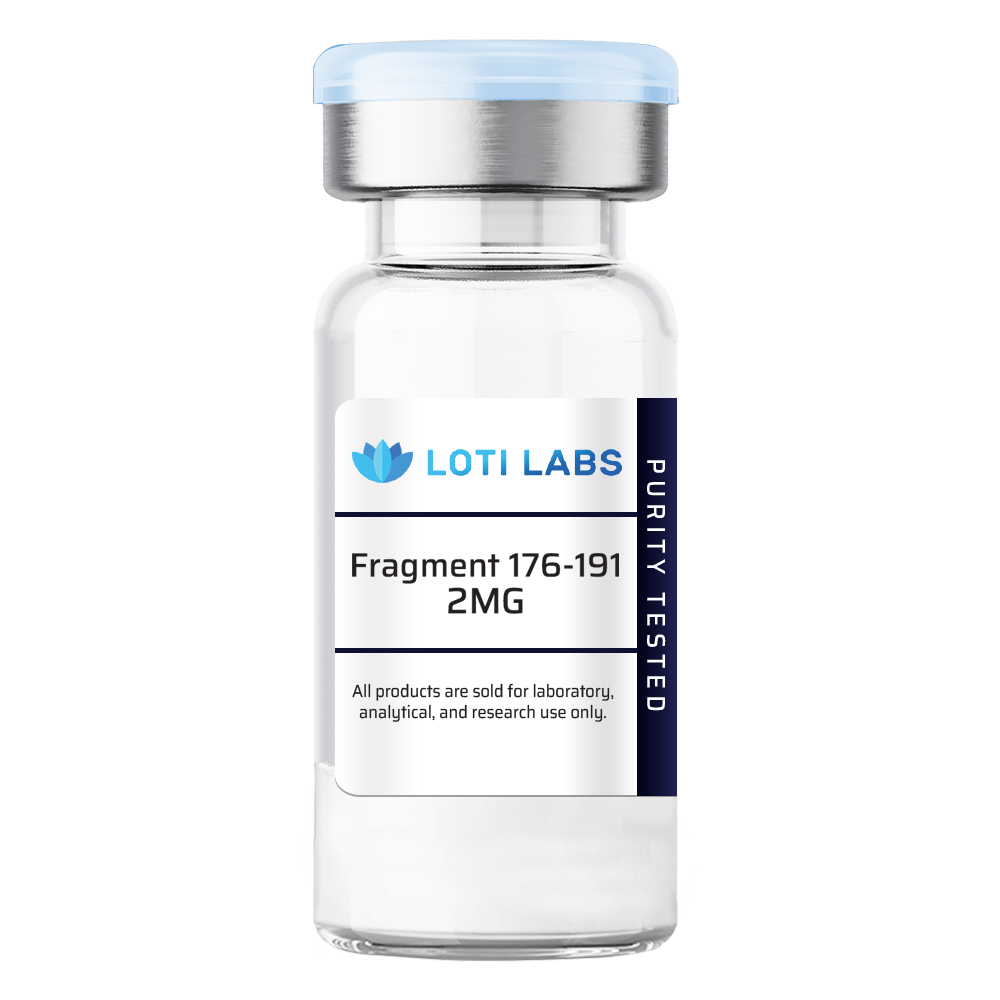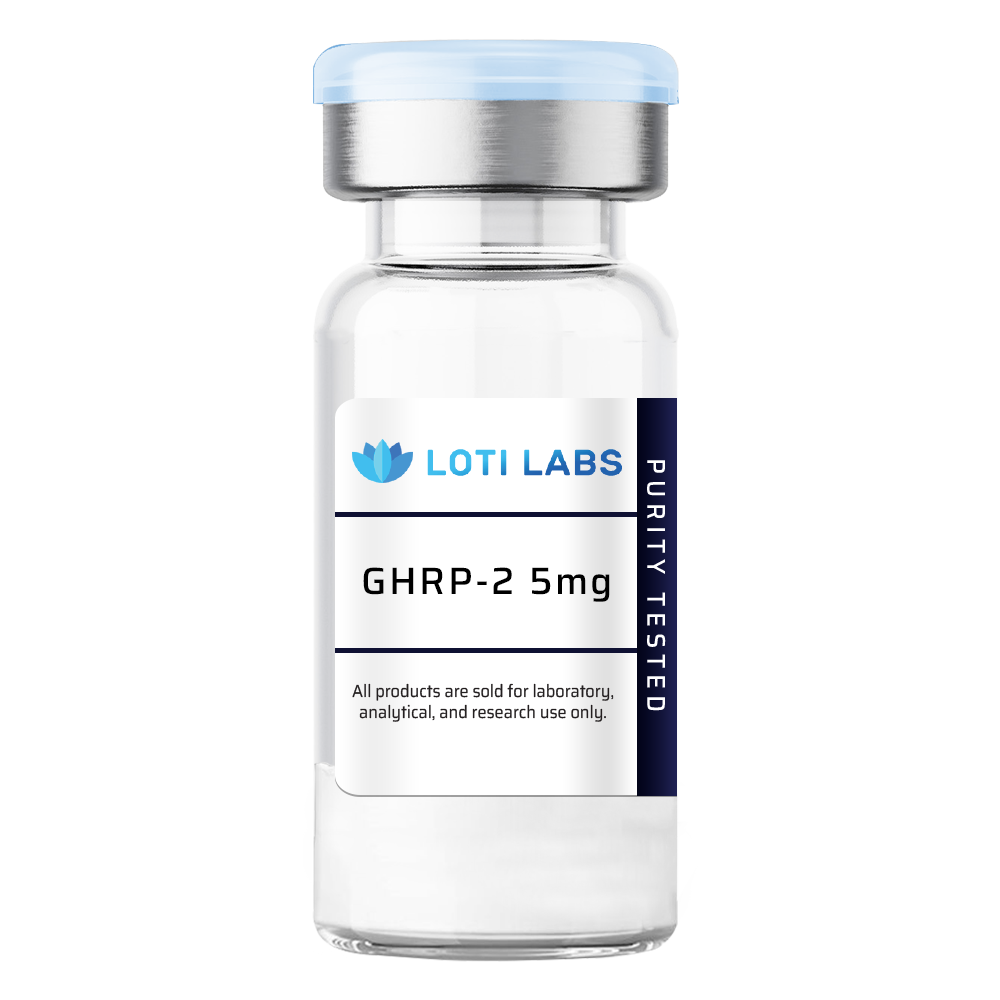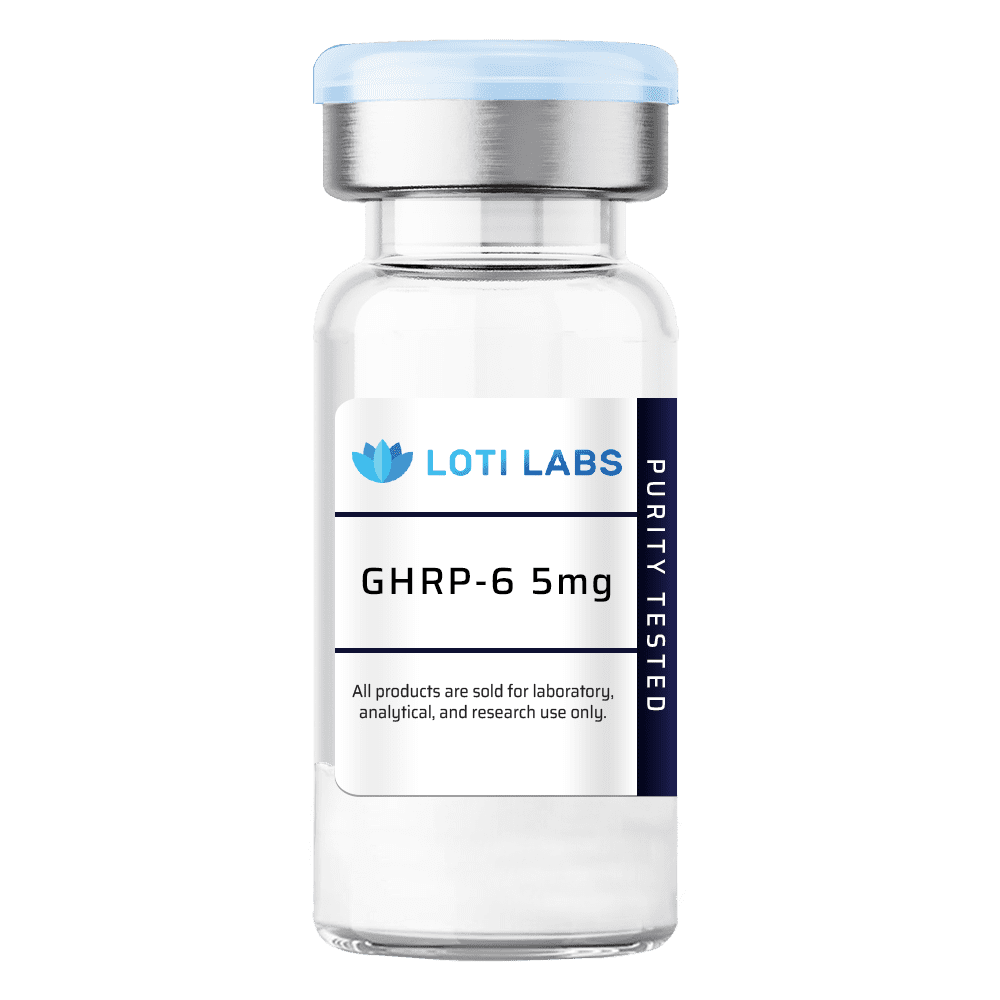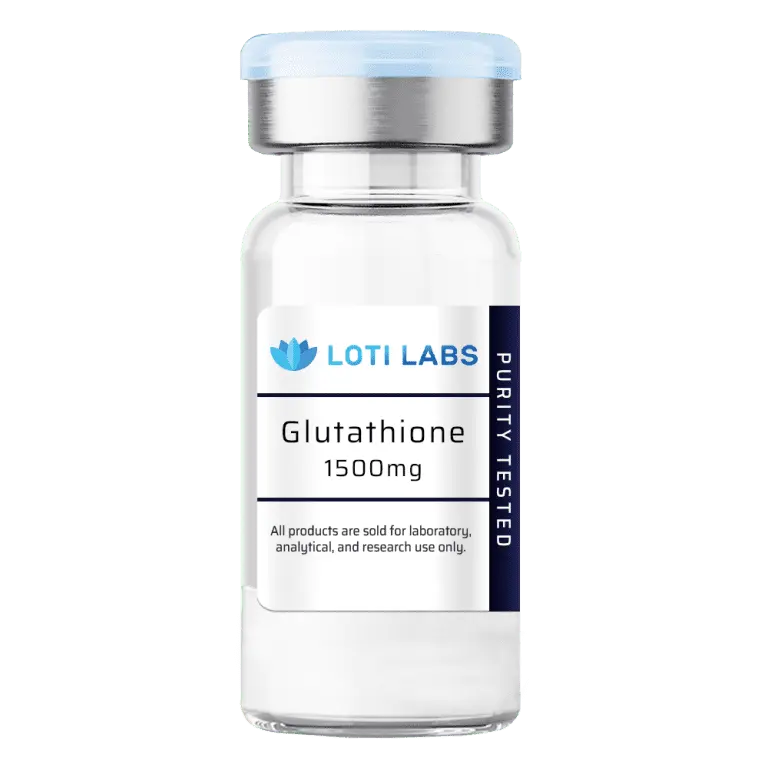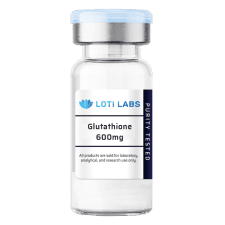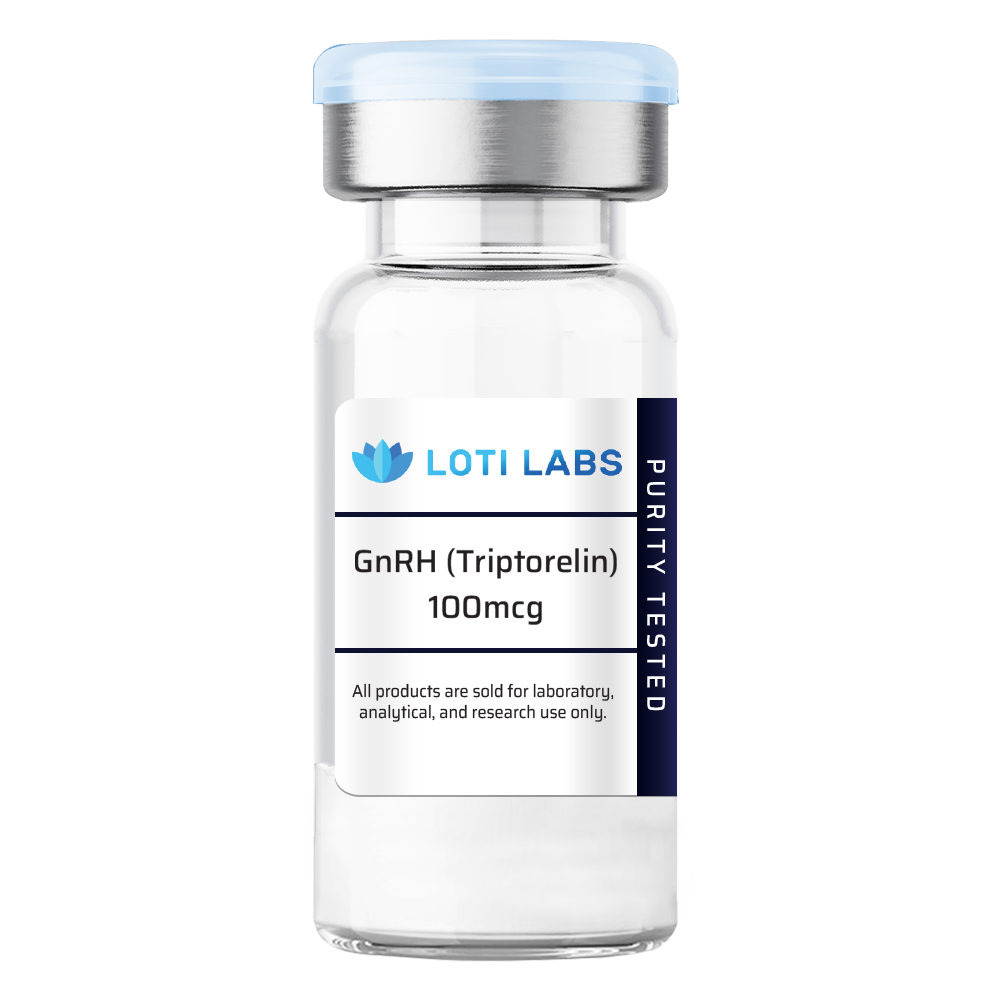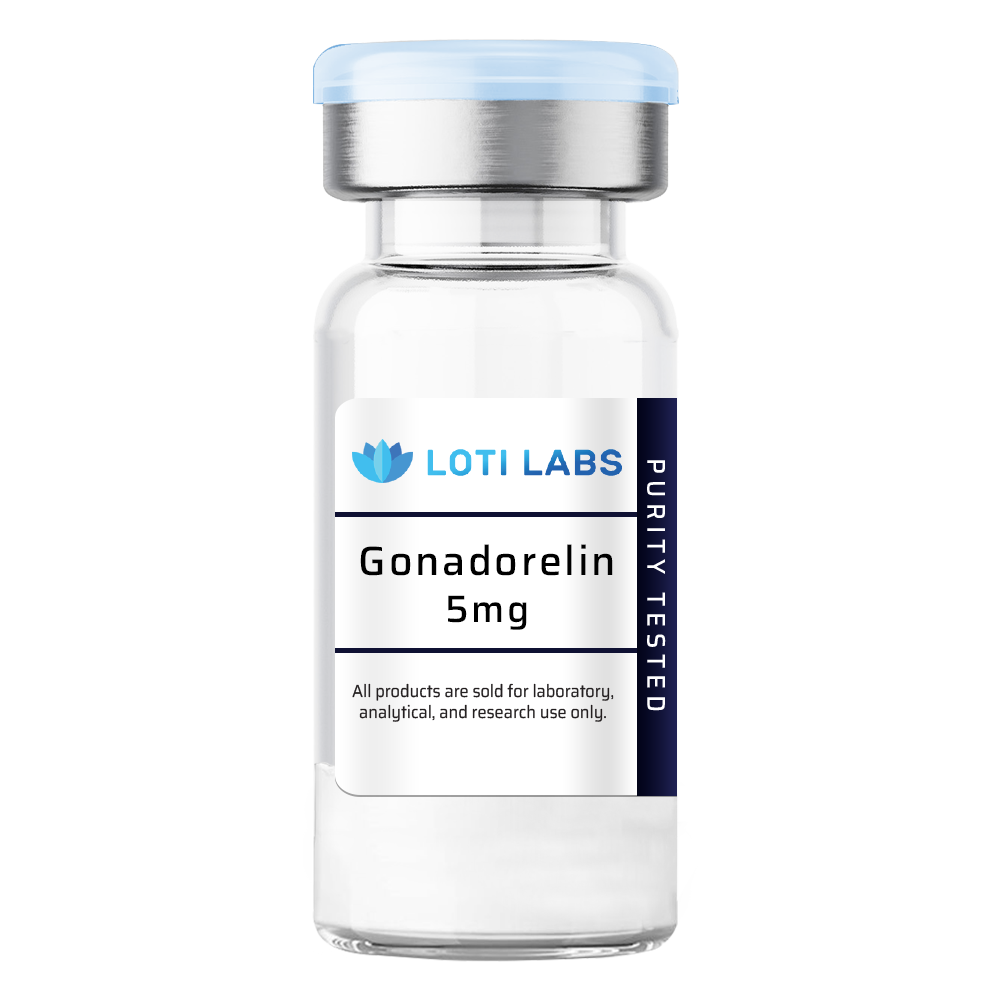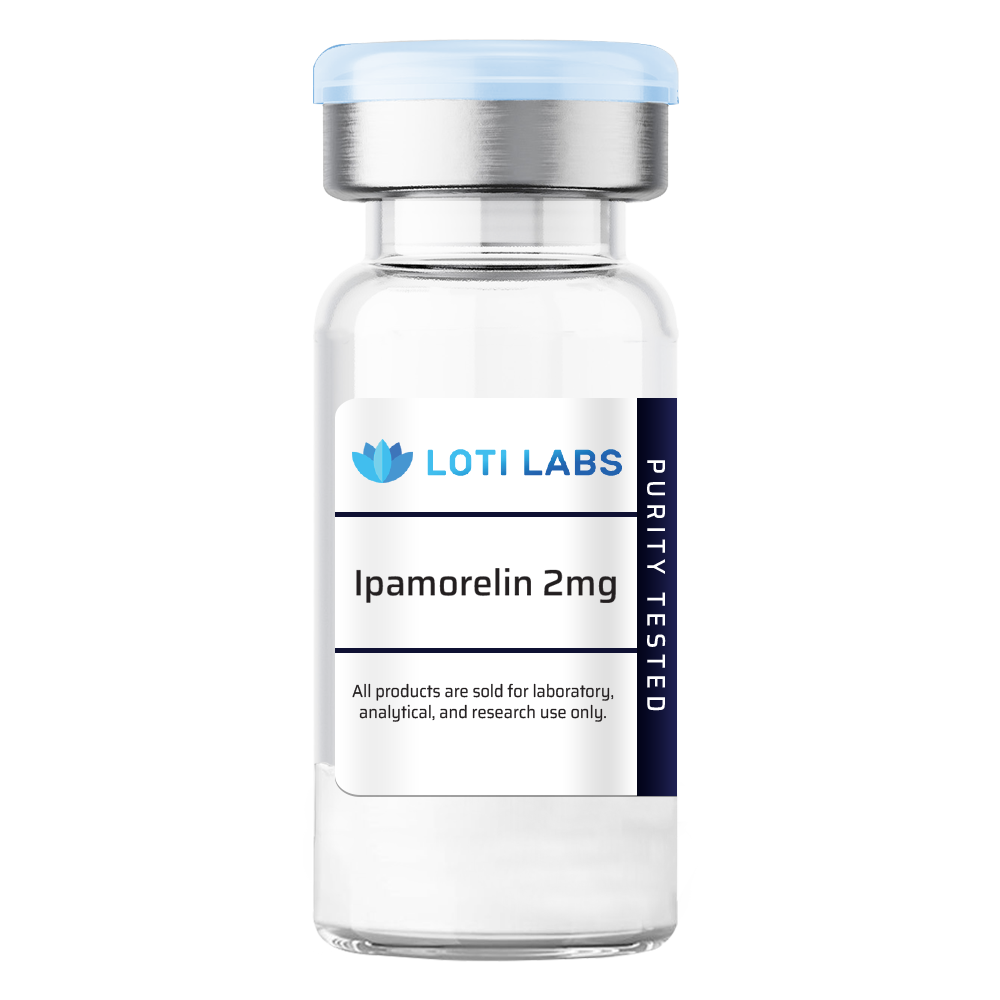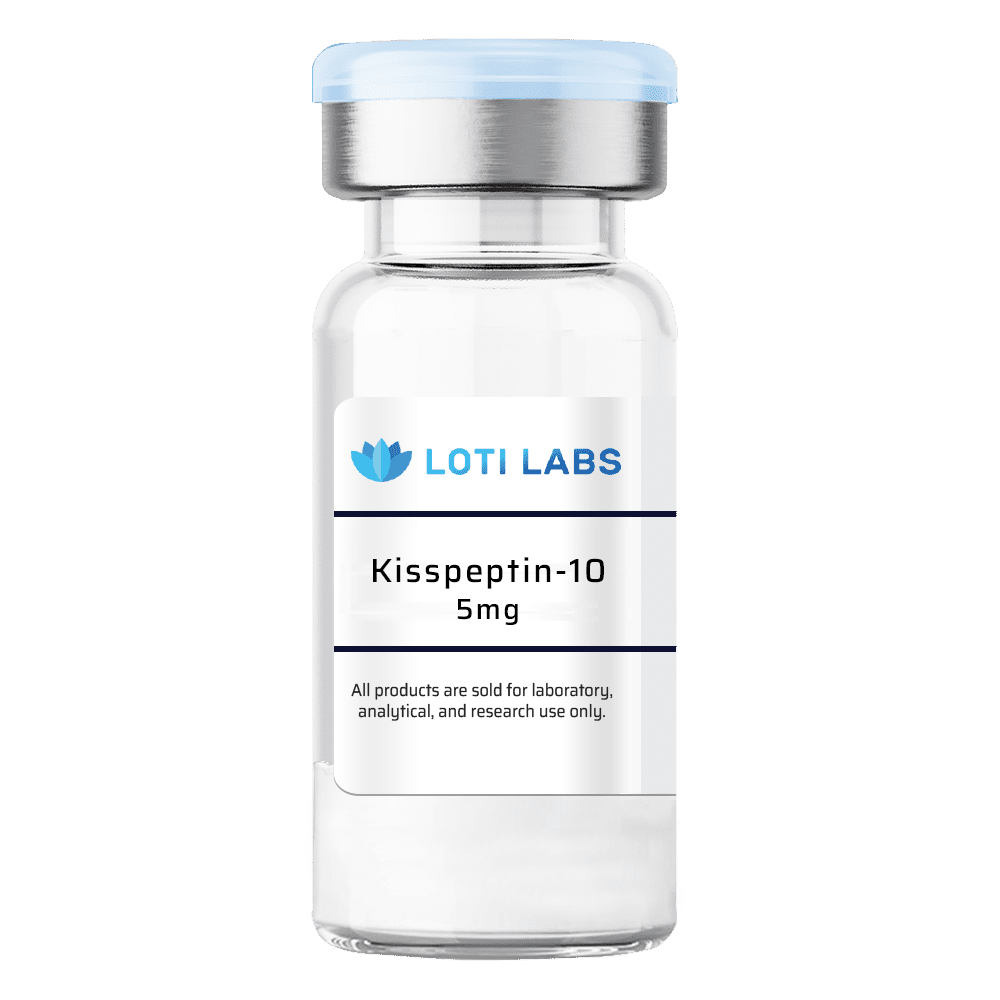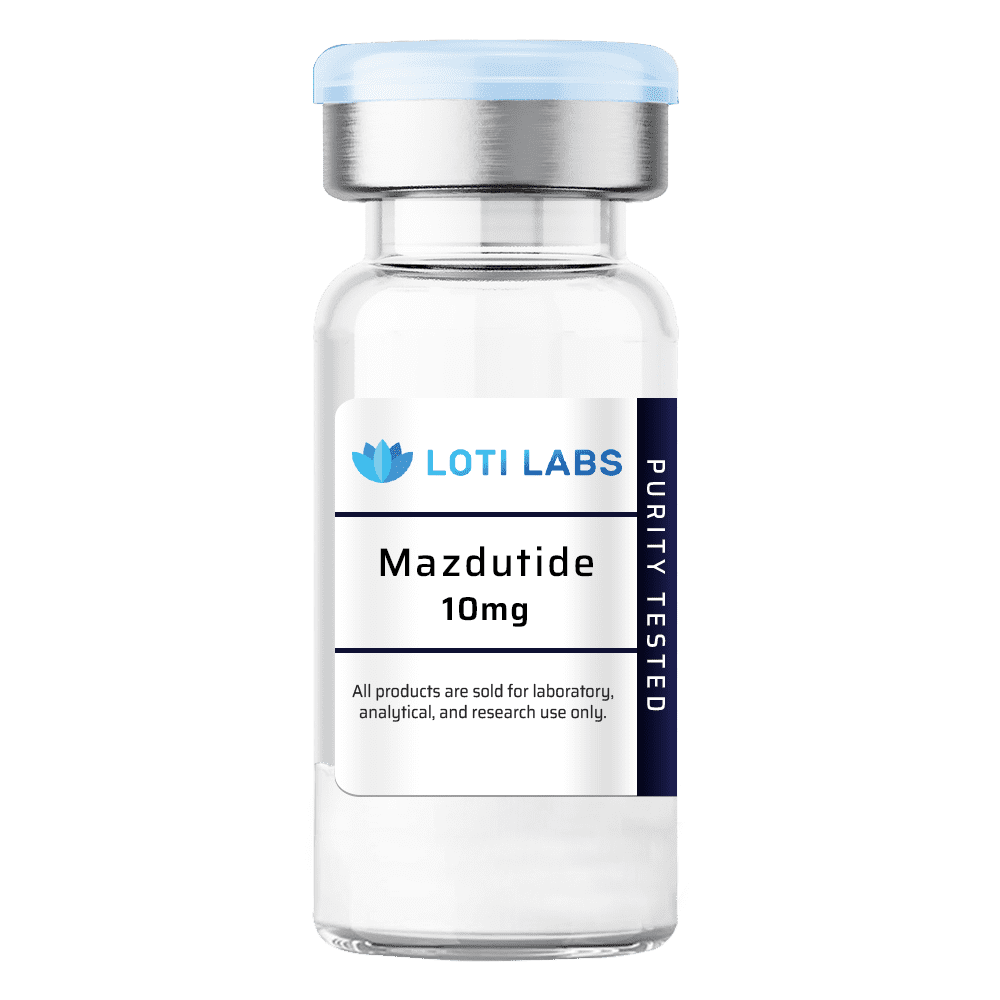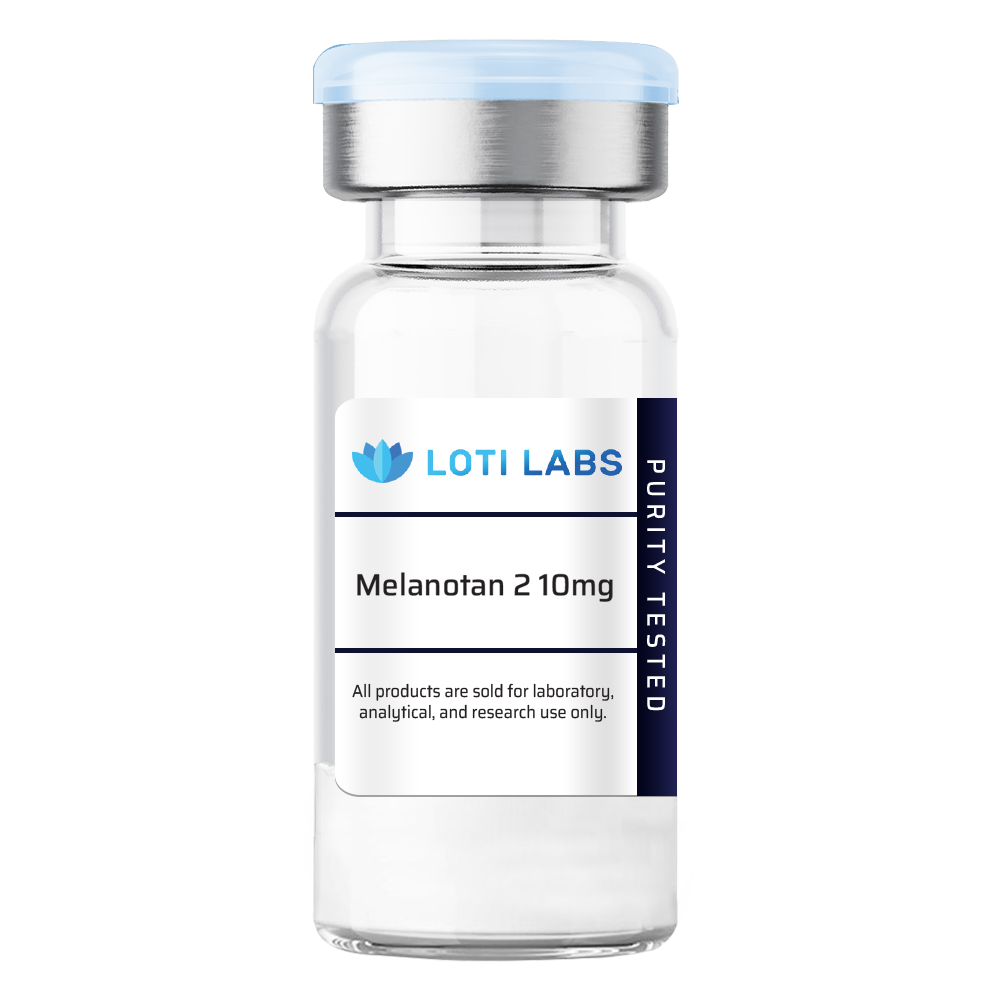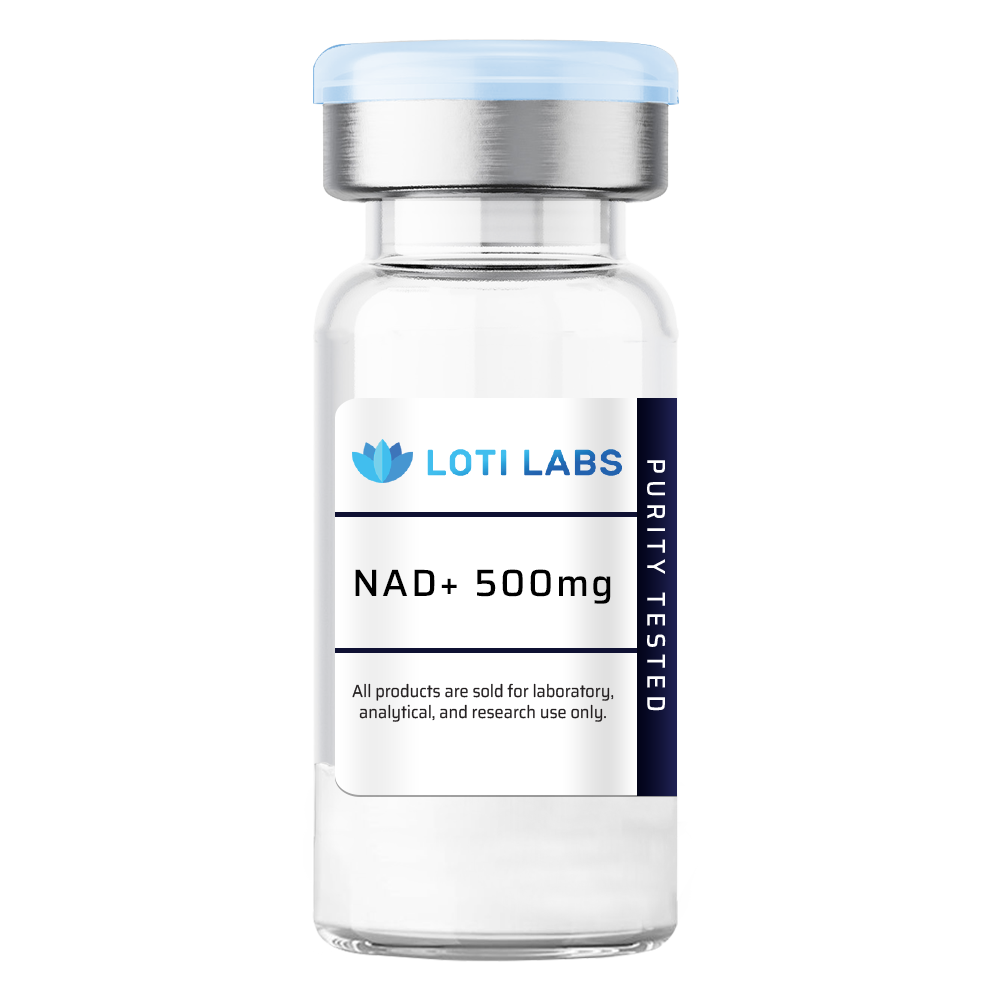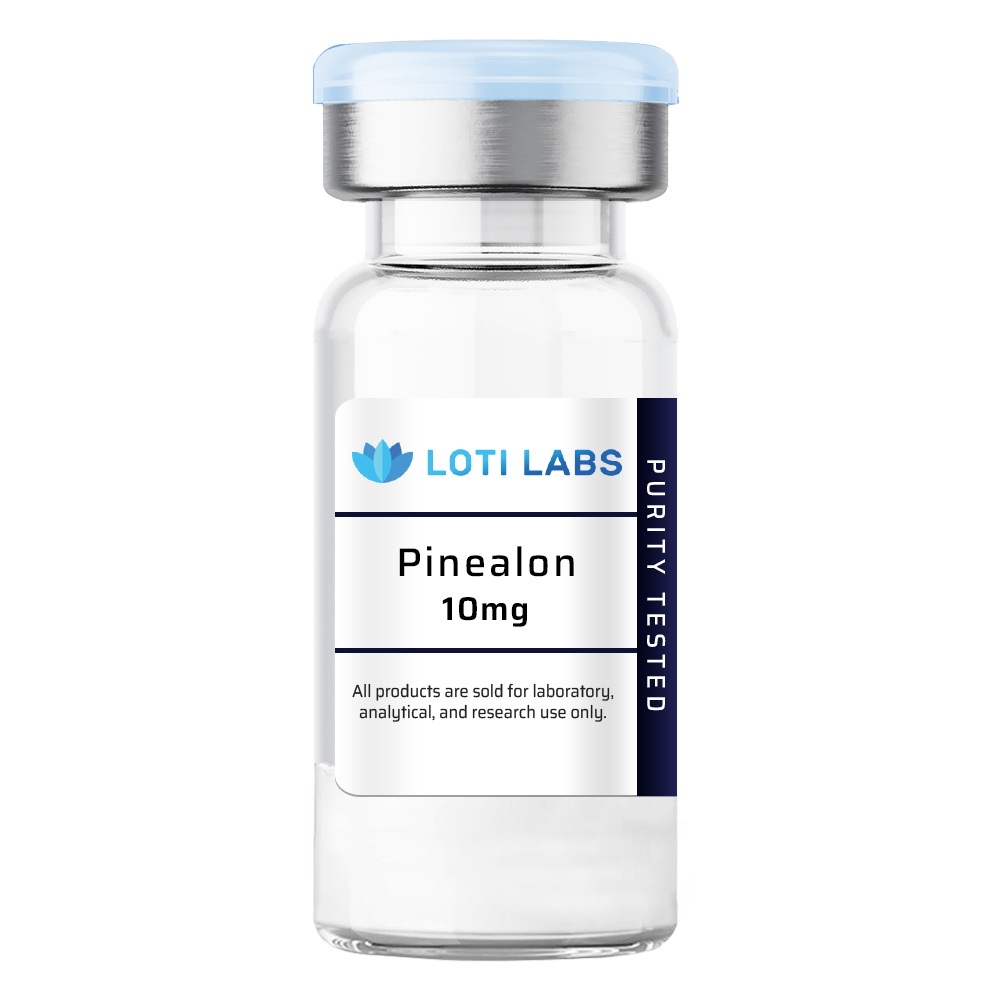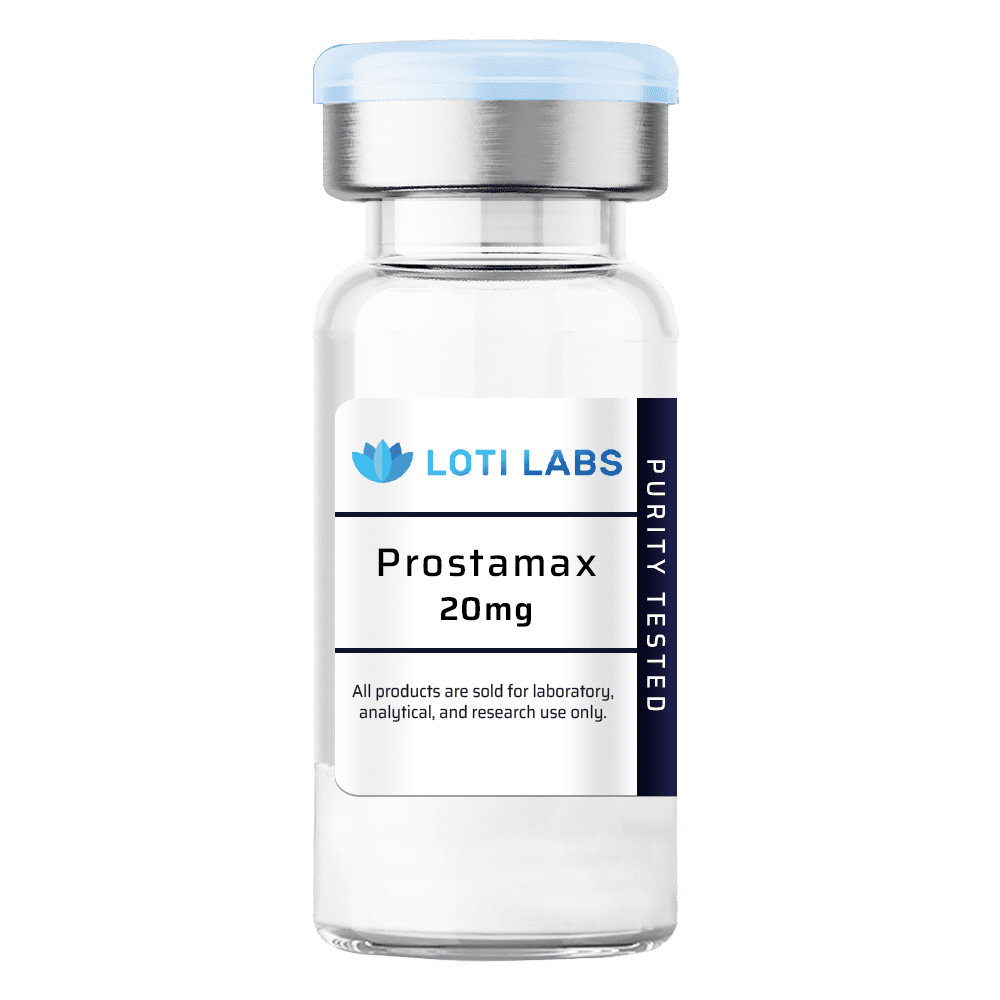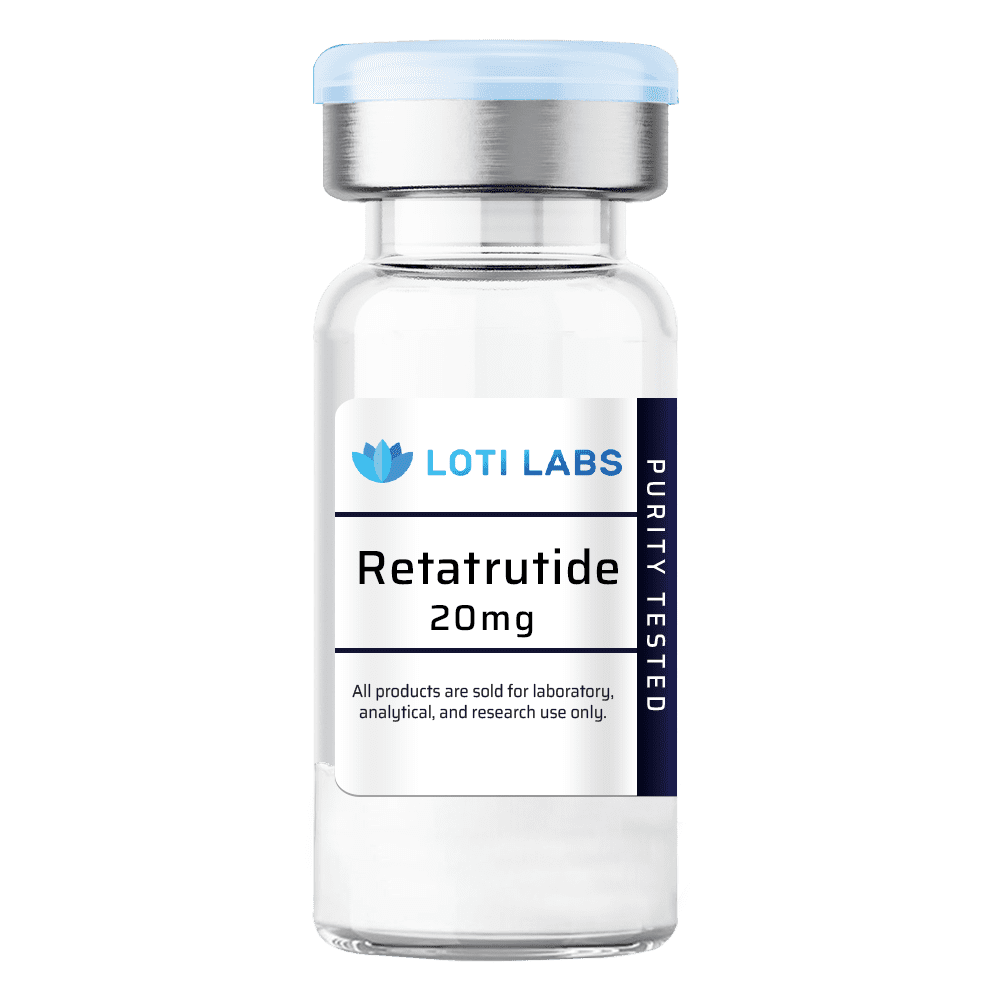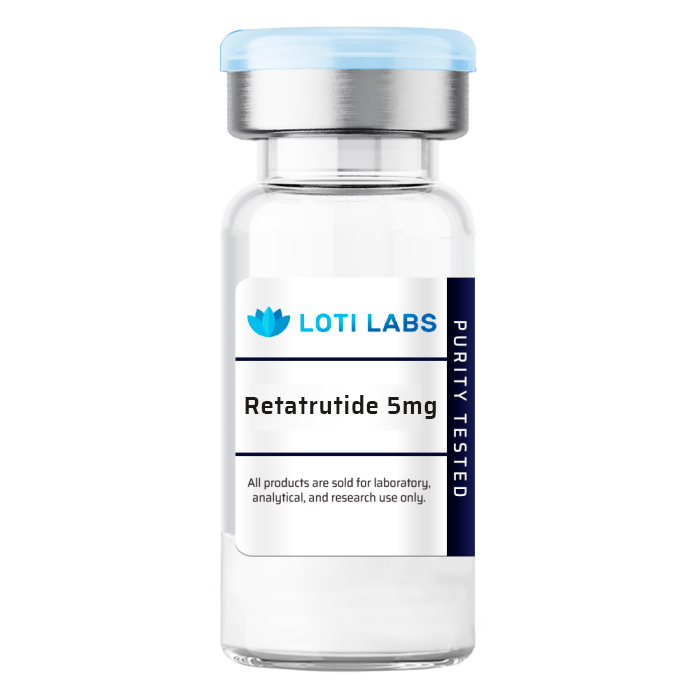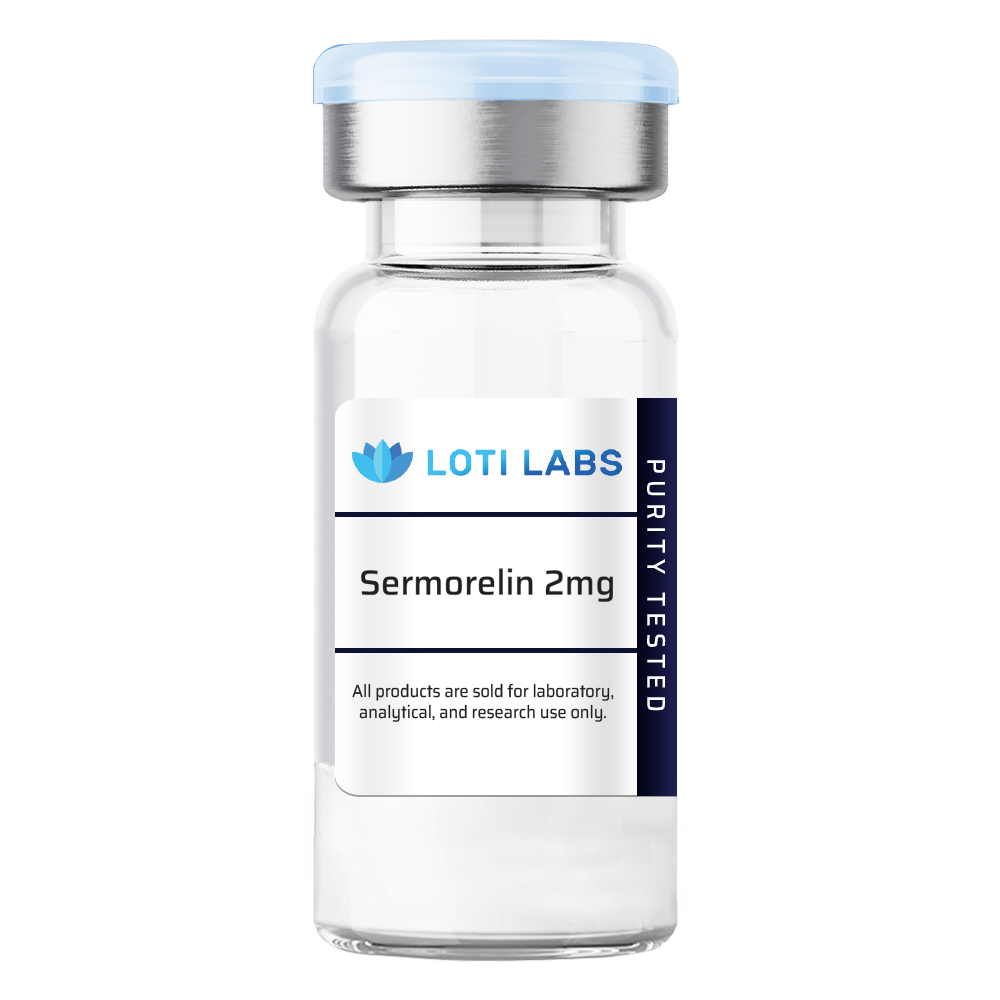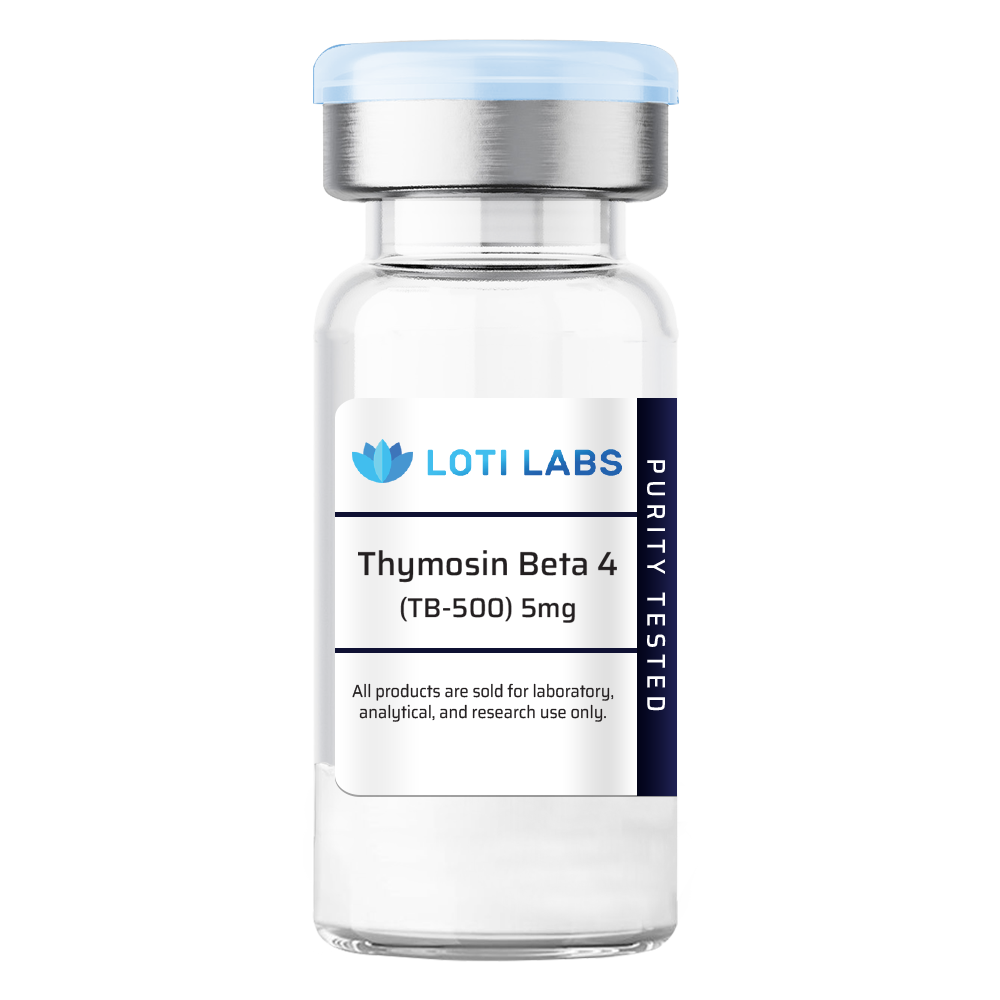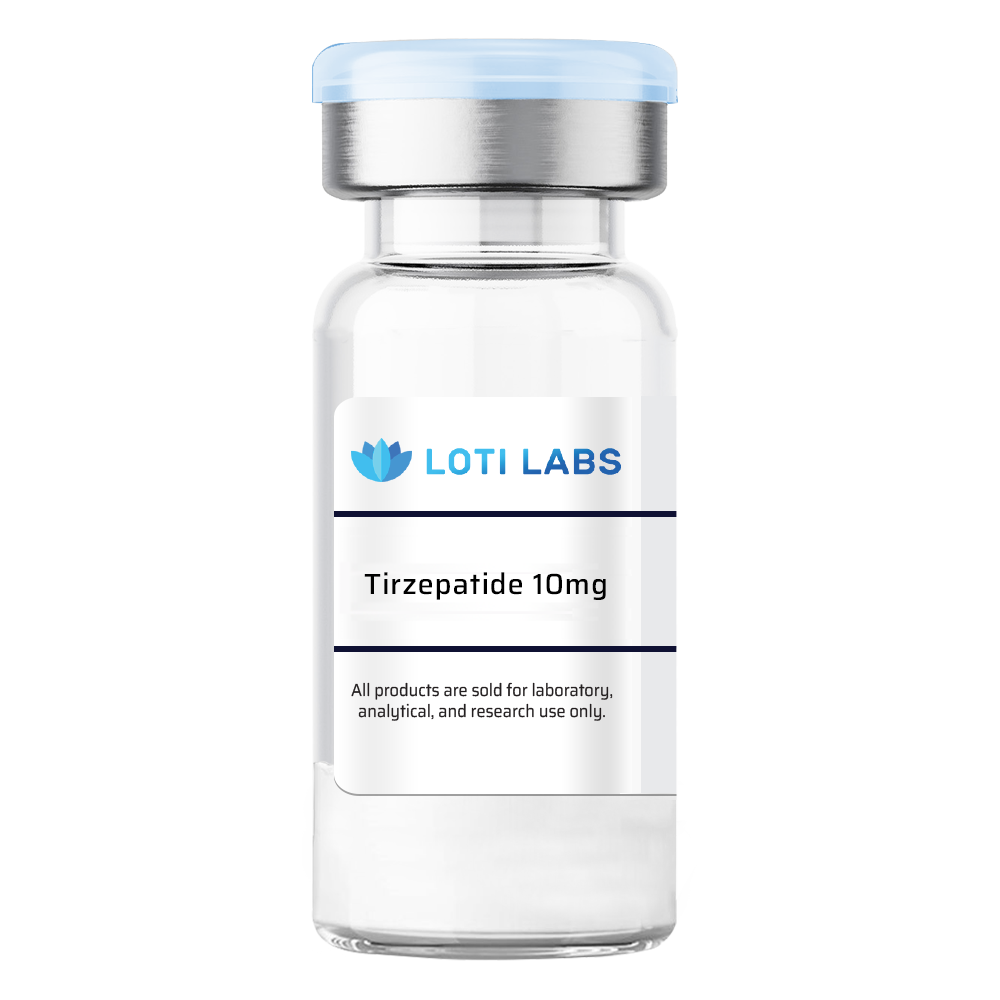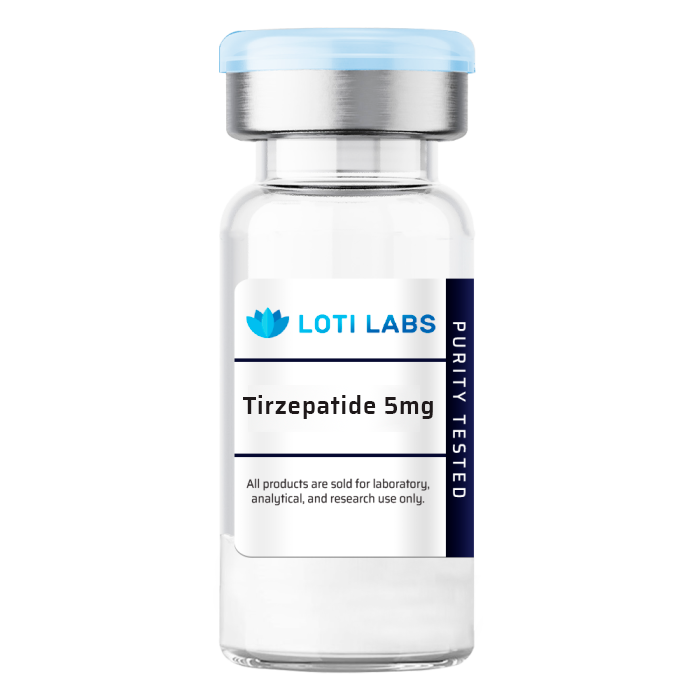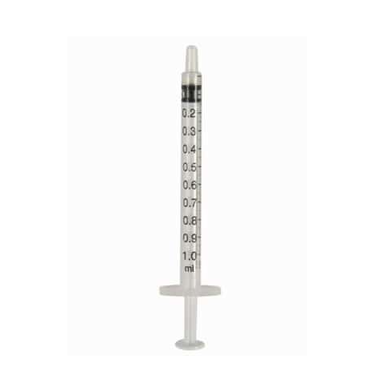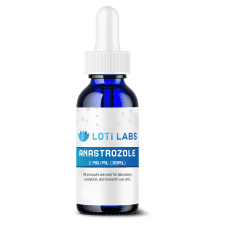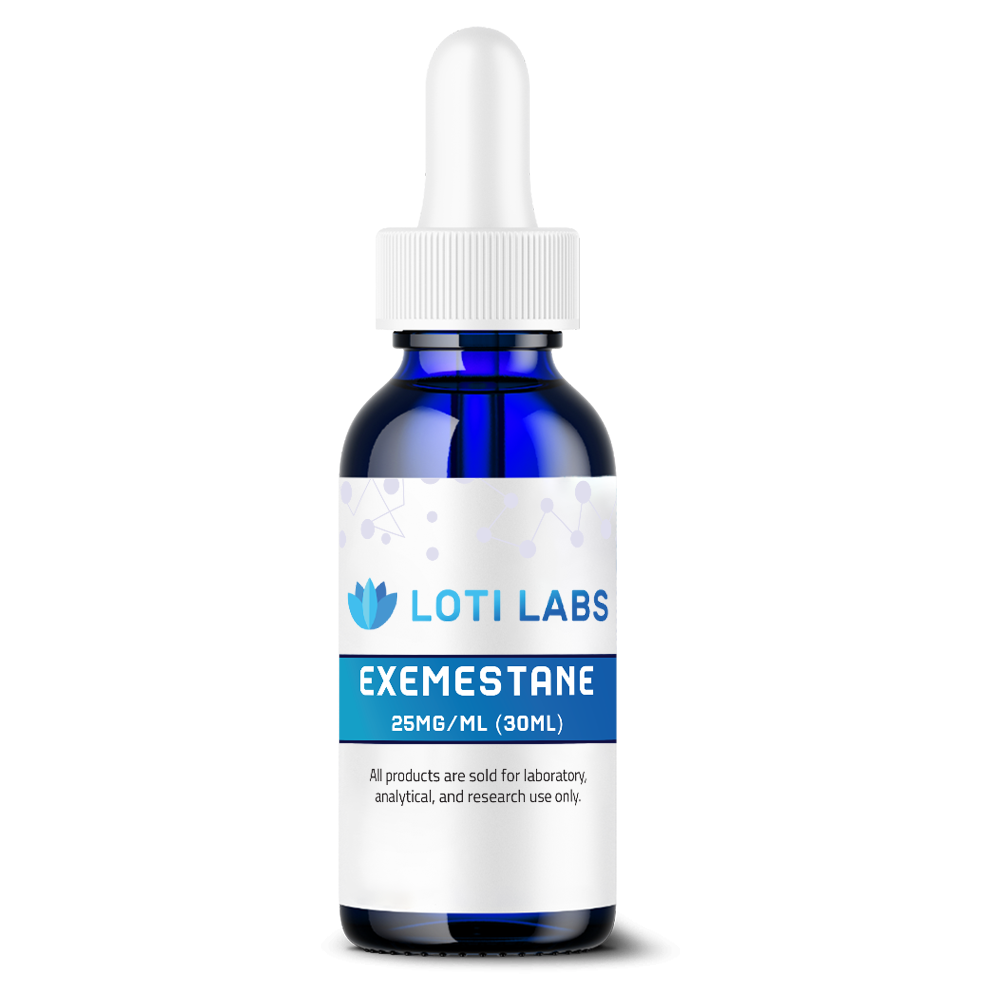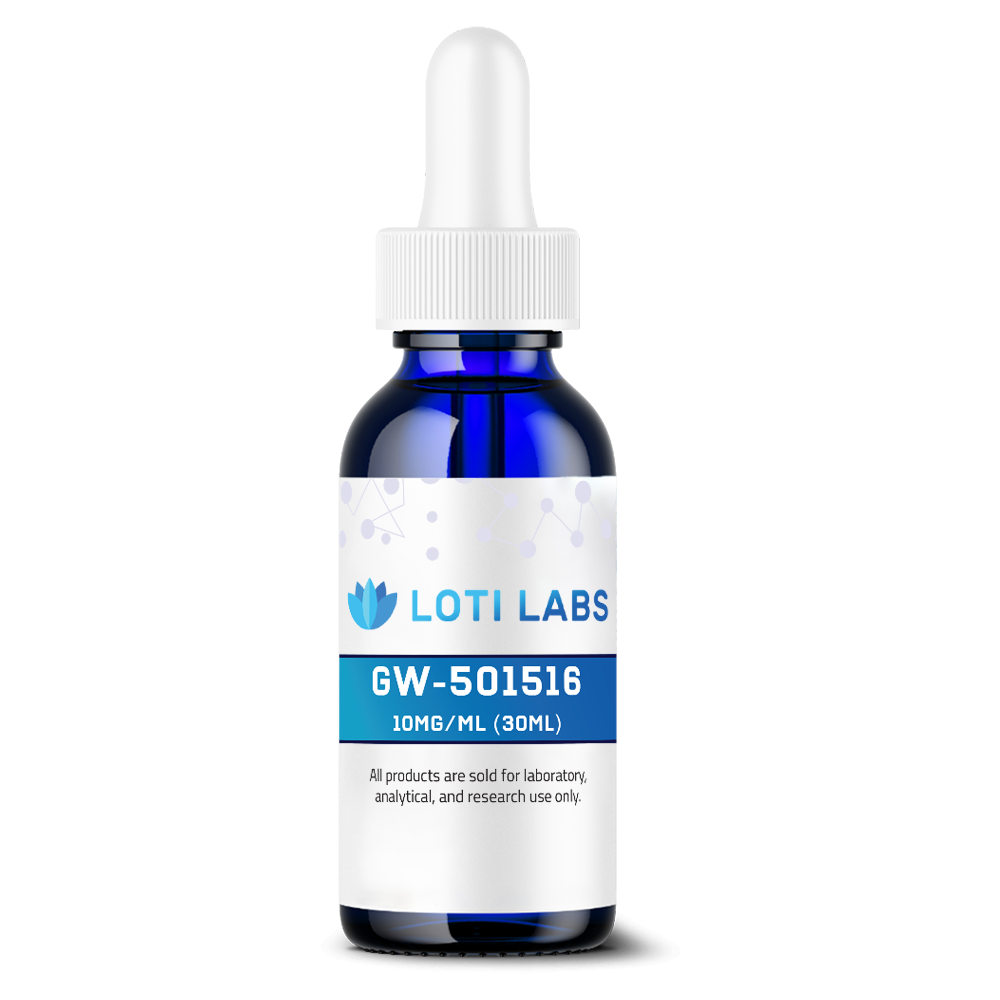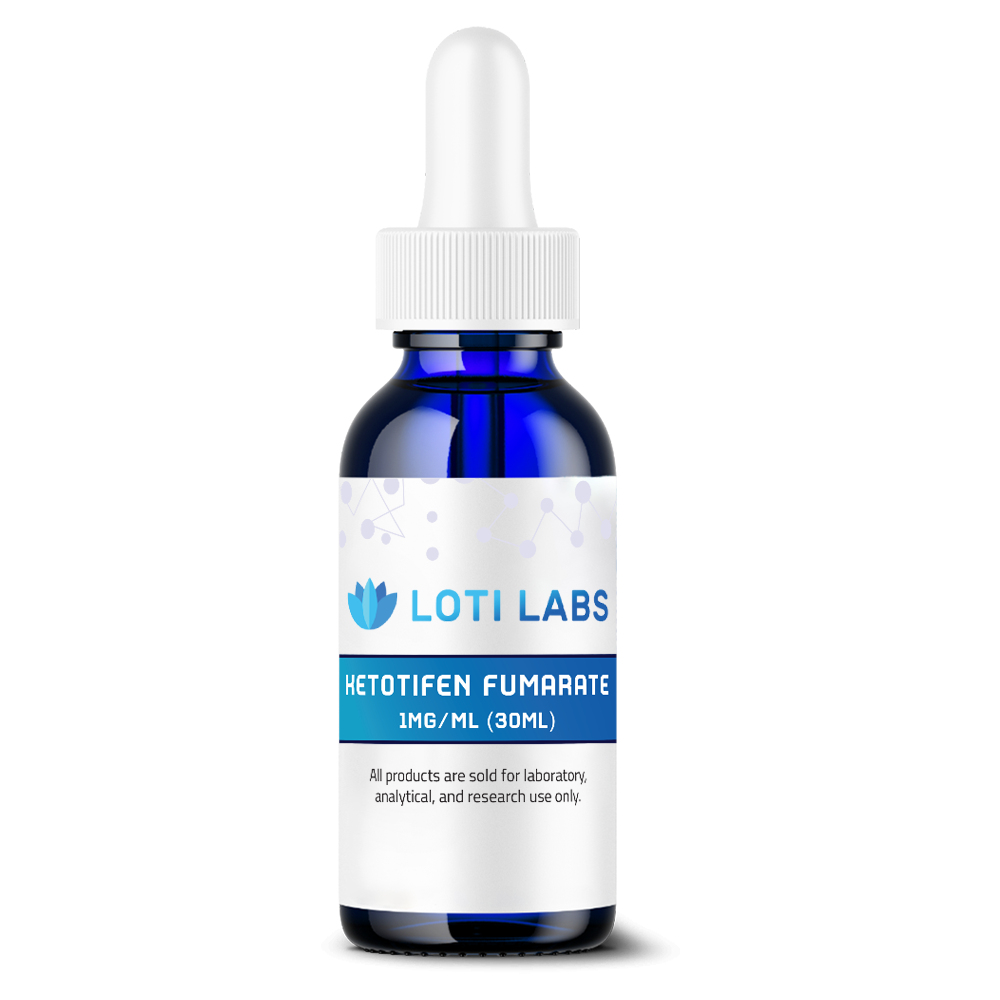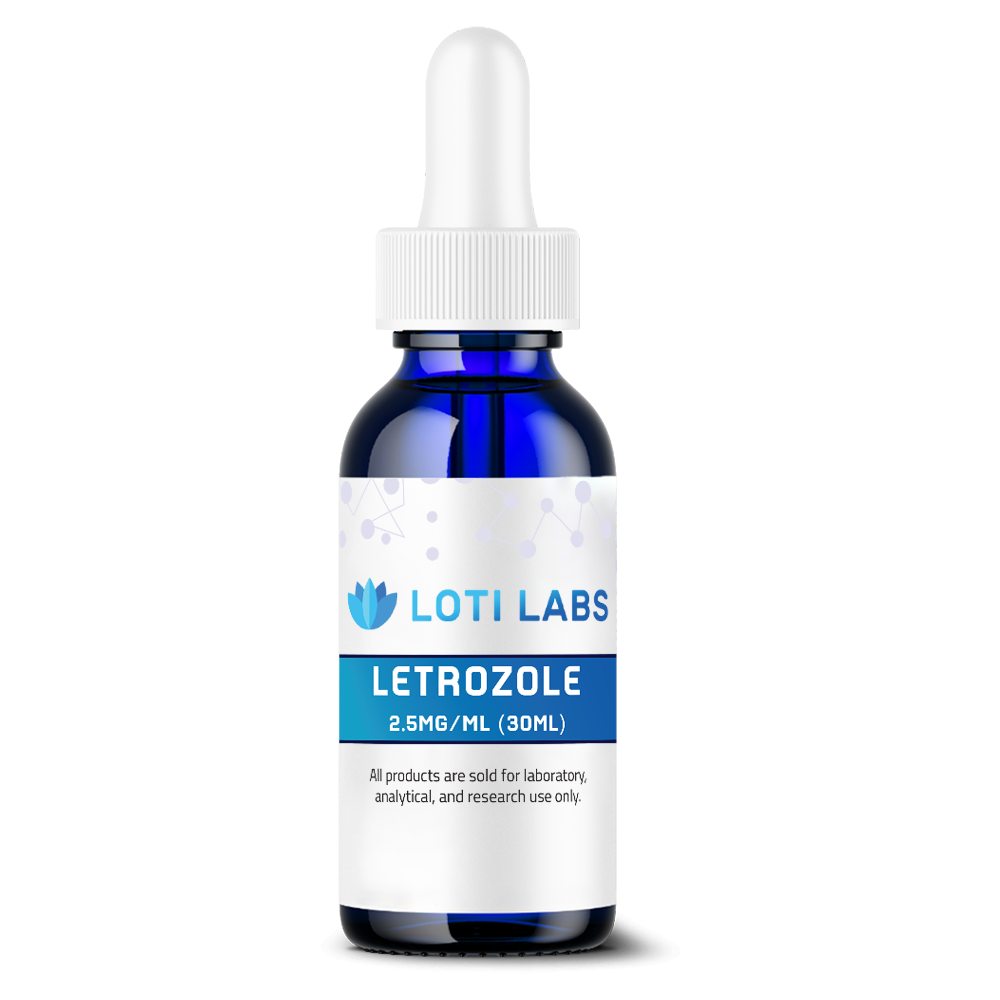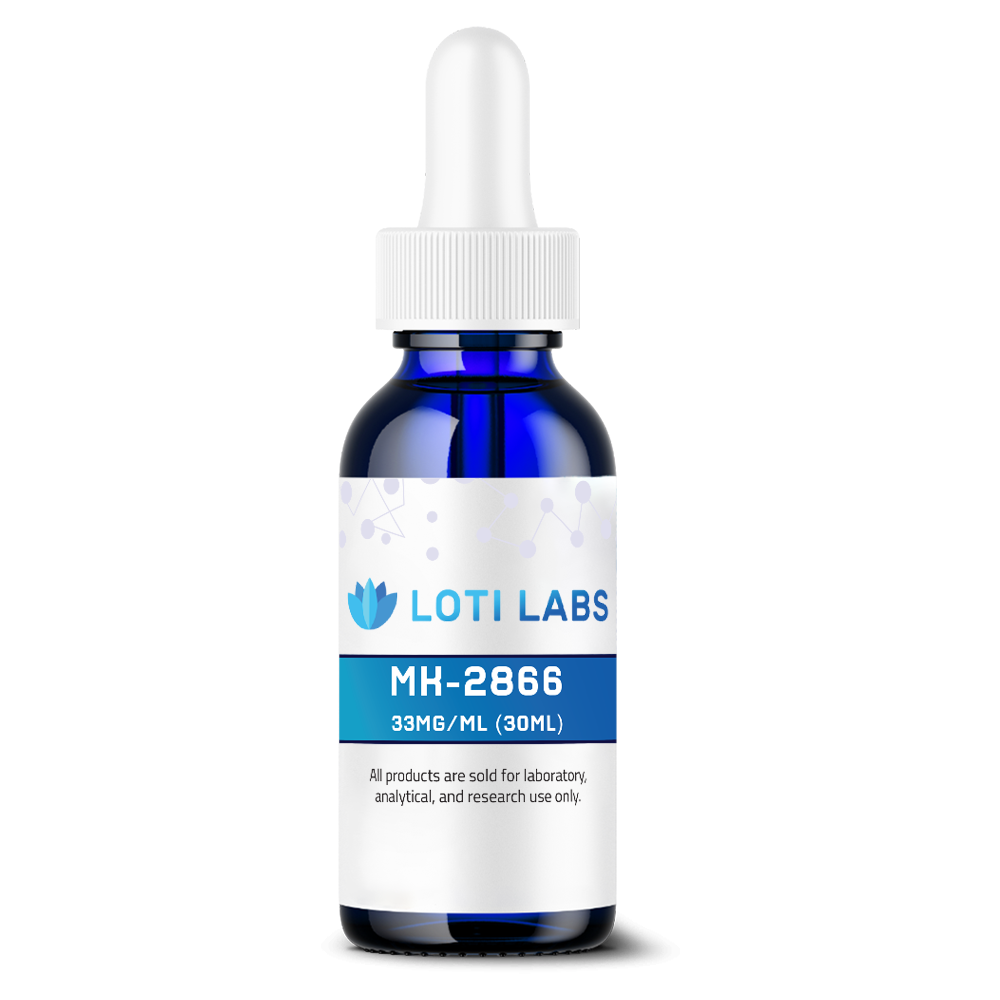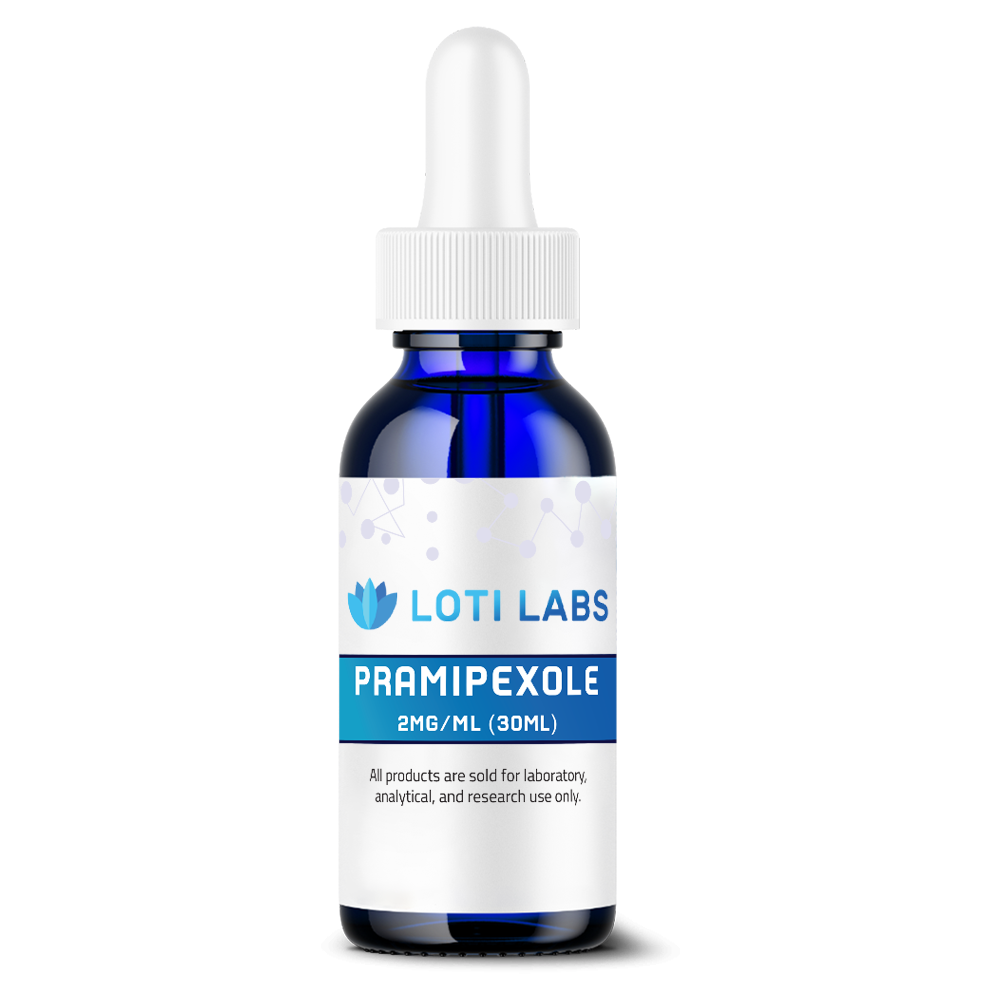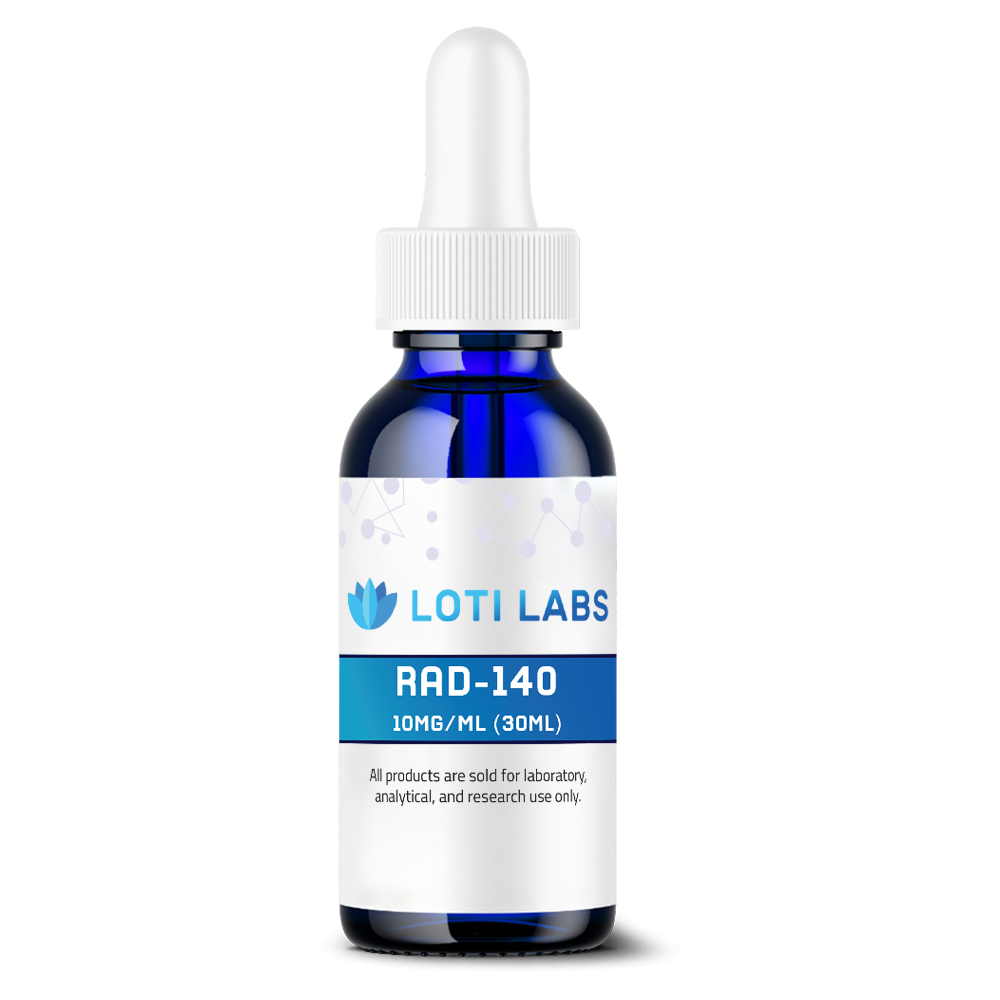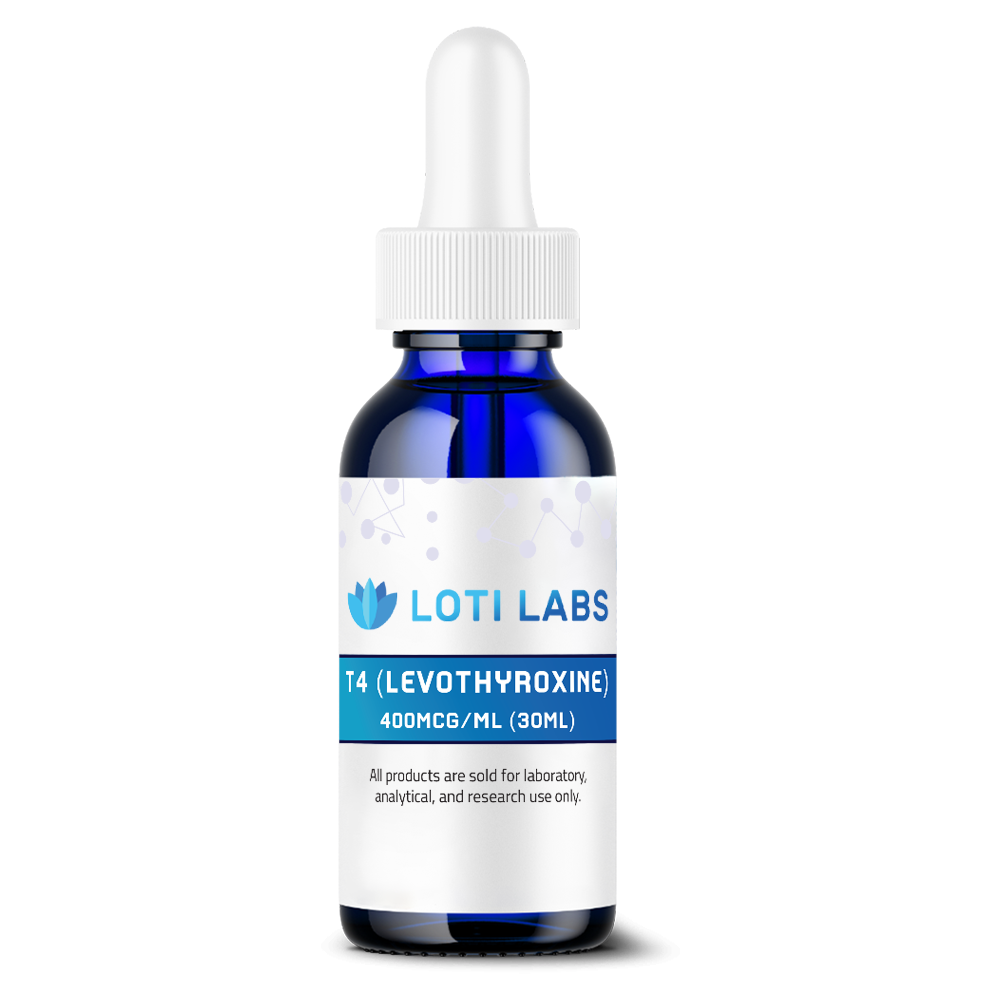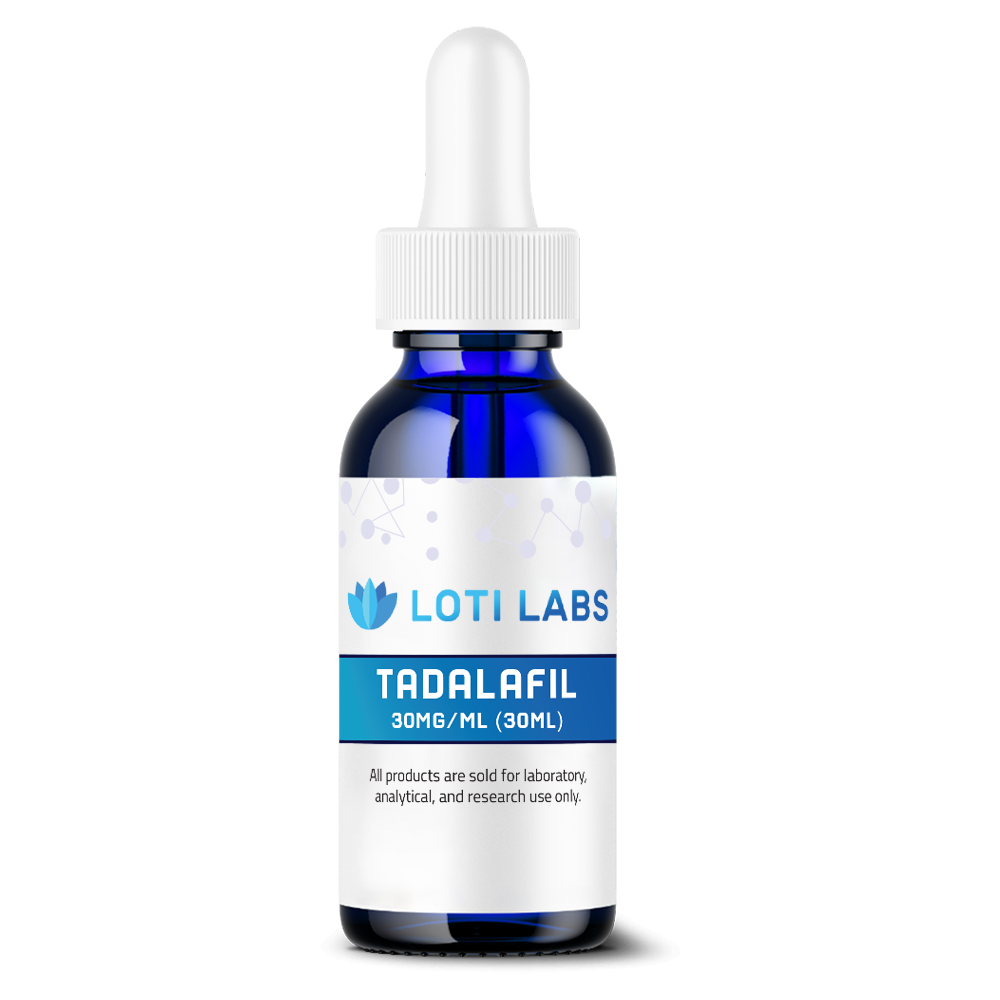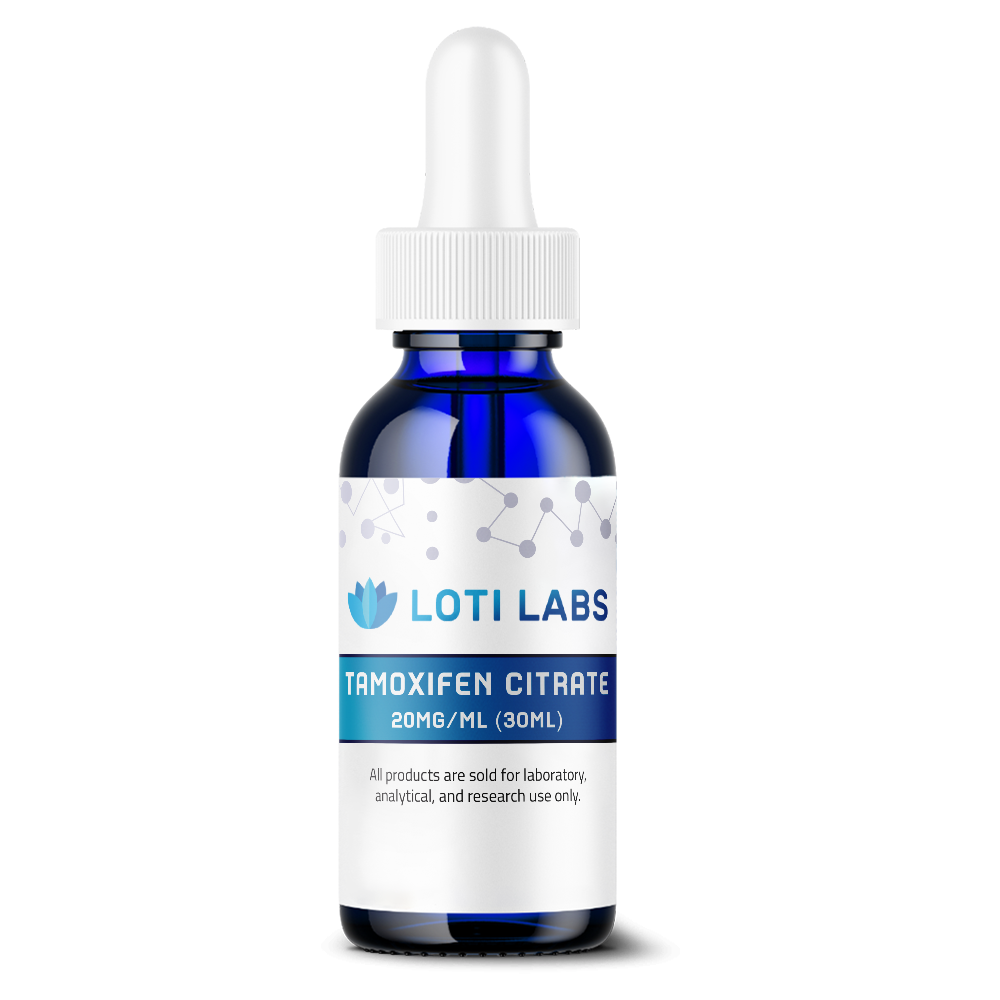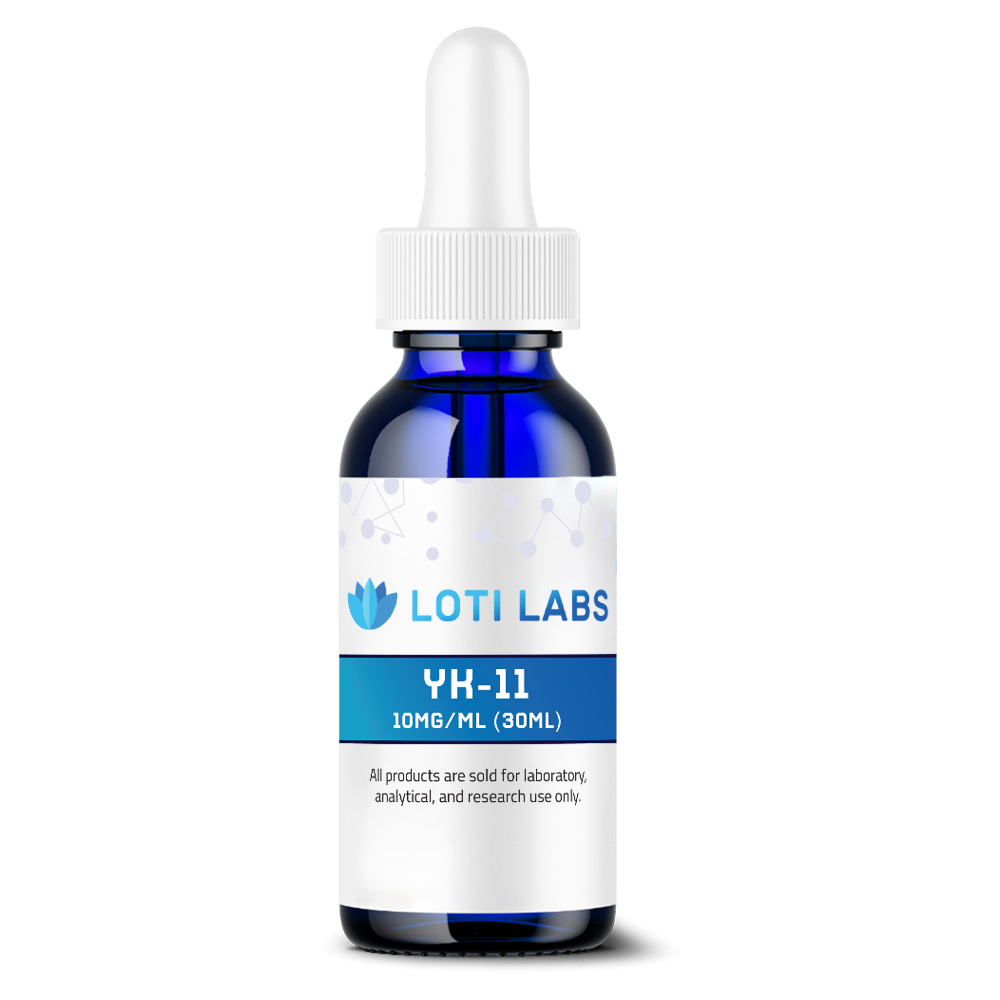-
×
 Travel Pouch
1 × $5.99
Travel Pouch
1 × $5.99
Hexarelin 2mg
$29.99
You save
This product is intended as a research chemical only. This designation allows the use of this chemical strictly for in-vitro laboratory testing and experimentation. Human or veterinary use is strictly forbidden. This product is not a drug, food or cosmetic and may not be misbranded, mislabeled or misused as such.
Description


Buy Hexarelin at Loti Labs
Hexarelin is the latest advancement in growth hormone research peptides, a synthetic compound with improved stability and biological activity. As growth hormone secretagogues research continues to grow, the demand for high purity, well characterized peptides has increased significantly among research institutions. This guide covers the molecular structure, research applications and quality standards that make hexarelin a valuable tool for laboratory research.
Molecular Structure of Hexarelin
The hexarelin peptide has a precisely engineered amino acid sequence that contributes to its stability and biological activity. Understanding its molecular composition will give you an idea why researchers choose this compound for growth hormone studies.
| Property | Details |
|---|---|
| Amino Sequence | H-His-D-2-Methyl-Trp-Ala-Trp-D-Phe-Lys-NH2 |
| Molecular Formula | C47H58N12O6 |
| Molecular Weight | 887 g/mol |
| Pubchem CID | 9831659 |
| CAS # | 140703-51-1 |
The structure of hexarelin has several key modifications that distinguish it from natural peptides. The presence of D-amino acids, especially the D-2-Methyl-Trp-Ala-Trp-D-Phe-Lys sequence makes it resistant to proteolytic degradation. Research shows this modification allows hexarelin to maintain biological activity for longer period than other peptides in its class.
The 2-Methyl-Trp-Ala segment placement enhances the binding affinity and the Trp-D-Phe-Lys terminus provides additional stability. These structural features make hexarelin more resistant to proteolytic degradation than GHRP-6 and other growth hormone releasing peptides, making it more useful for research applications.
Mechanism of Action
Hexarelin is a synthetic growth hormone releasing peptide (GHRP) that stimulates GH secretion through specific receptor interactions. Research shows that hexarelin stimulates GH secretion by binding to growth hormone secretagogue receptors (GHS-R) in the hypothalamus and pituitary gland.
The compound is more resistant to proteolytic degradation than other peptides in its class, making it more stable and effective for research. Upon receptor binding, hexarelin triggers a signaling cascade that results to increased pulsatile growth hormone release from the pituitary gland.Lab studies have shown that hexarelin is more potent than many other GHRPs at the same concentration. The mechanism involves both direct pituitary stimulation and hypothalamic modulation, where it reduces somatostatin’s inhibitory effect on GH release. This dual action contributes to its strong GH releasing properties observed in research.
Research suggests hexarelin may also affect secondary hormonal responses, including cortisol, prolactin and ACTH levels but these effects are usually less pronounced than its primary GH releasing activity. The receptor specificity and sustained biological activity make hexarelin very useful for endocrine and metabolic research.
Research
Hexarelin is used in laboratory research for growth hormone studies and peptide research. Its potent GH releasing properties make it useful for endocrine and metabolic research. Research institutions have used hexarelin to study various aspects of the growth hormone/IGF-1 axis and related physiological pathways.
Published studies have shown that hexarelin produces robust GH response in experimental models, often more than GHRP-6 and GHRP-2 at the same dose. Research suggests the effect on IGF-1 secretion reflects real world physiological outcome of increased growth hormone activity, making it useful for metabolic studies.
Lab have used hexarelin to study GH deficiency, muscle wasting and metabolic syndrome. The compound’s broad systemic effect through growth hormone pathway makes it useful for cardiovascular research and muscle atrophy research, but these are research only applications.
Unlike other GHRPs, research shows that hexarelin does not produce significant desensitization or attenuated response with repeated administration over short to medium term experimental period. This makes it useful for long term research protocols and longitudinal studies.
Storage and Safety
Proper storage protocol is important to maintain hexarelin’s stability and biological activity throughout research. Lyophilized hexarelin is very stable under proper storage condition, making it practical for lab use.
Storage Requirements
Lyophilized hexarelin, although stable at room temperature for up to 3 weeks, should be stored desiccated below -18°C for long term preservation. The sterile filtered lyophilized powder form maximizes shelf life while maintaining biochemical integrity during storage period.
Upon reconstitution, hexarelin should be stored under specific condition to prevent degradation:
Storage Conditions for Hexarelin
| Storage State | Duration | Requirements |
|---|---|---|
| Reconstituted (4°C) | 2-7 days | Use sterile 18MΩ-cm H2O at ≥100 µg/ml |
| Long-term storage | Extended periods | Store below -18°C with carrier protein |
| Room temperature | Up to 3 weeks | Maintain desiccated conditions |
For extended storage after reconstitution, add a carrier protein such as 0.1% HSA or BSA to prevent molecular degradation. 0.1% HSA addition is recommended for storage below -18°C.
Handling Protocols
Research protocols should prevent freeze-thaw cycles to maintain peptide stability and biological activity. Multiple freeze-thaw cycles can damage the structure and reduce the compound’s effectiveness in research.
When preparing other aqueous solutions containing hexarelin, researchers should consider the compound’s stability. The enhanced resistance to proteolytic degradation makes hexarelin suitable for various experimental conditions but proper handling is still required.
Safety considerations is for hexarelin as a research compound. Lab personnel should follow standard protocol for handling research peptides including personal protective equipment and containment procedures.
Why Buy from Loti Labs
Loti Labs provides hexarelin as sterile filtered lyophilized powder without additives in sealed vials to prevent contamination and degradation. Our rigorous quality control process ensures researchers receive compounds that meet the highest analytical standard for research.
Quality Assurance
Our products are above 98.0% purity as verified by RP-HPLC and SDS-PAGE analysis. Each batch undergoes comprehensive analytical testing using advanced methods:
- RP-HPLC Analysis: Confirm peptide purity and identify impurities
- SDS-PAGE: Verify molecular weight and structure
- Third-party Testing: Independent verification of analytical results
- Certificate of Analysis: Detailed documentation with each batch
We provide detailed quality control documentation including batch testing results and storage recommendation to ensure research outcome. This documentation support researchers to comply with lab standard and experimental protocol.
Product Specifications
Each hexarelin shipment includes analytical data determined through multiple testing methods. The appearance of our lyophilized powder is pharmaceutical grade, consistent across research applications.
Temperature controlled packaging maintains product integrity during shipping, prevent degradation that can affect research result. Our packaging protocol recognizes that peptide stability during transit is critical to maintain biological activity.
Products from Loti Labs are for Research Use Only
All products sold by Loti Labs are for research use only. This means these substances can only be used for in-vitro laboratory testing and experimentation. Human or veterinary use is strictly forbidden. These products are not for therapeutic application, food or cosmetic use and cannot be misbranded, mislabeled or misused as such.
Research institutions and lab personnel must comply with research use only guidelines when handling hexarelin. The compound requires adherence to specific protocol that prevent any use outside approved research context.
Scientists and researchers should review their institution’s policy and regulatory requirement before using hexarelin in their experimental protocol. Proper documentation and handling procedure support compliance with research standard and legal requirement.
Shipping of Loti Labs
Loti Labs offers same day shipping for orders placed before 1pm EST Monday to Friday. Orders placed after 1pm EST or weekend will be shipped the next business day. This expedite processing ensures researcher receive their compound on time for time sensitive experimental protocol.
All hexarelin shipment are packaged with temperature controlled packaging to ensure peptide stability during transit. Our shipping protocol recognizes that maintaining proper storage condition throughout the supply chain is critical to preserve biological activity and analytical integrity.
Tracking information is provided for all shipment, so researcher can track the delivery and prepare for compound arrival. Our shipping method is designed to minimize transport related degradation while ensure timely delivery.
Money Back Guarantee
Loti Labs offers 30 days money back guarantee on all products purchased from us. Simply return any unopened product to us for full refund of the purchase price of the unused product. This guarantee reflects our confidence in product quality and commitment to research excellence.
Our return policy give researcher the assurance when planning their experimental protocol and budget. The guarantee cover product quality issue while support the specific need of research institution and lab personnel.
Researcher can submit return request through our customer service system with clear documentation requirement to facilitate the return process. We want to minimize disruption to research schedule while maintain the highest quality standard.
Third Party Testing of Every Batch
Every batch of product sold by Loti Labs undergoes third party testing using HPLC to ensure product purity and accuracy. Our hexarelin consistently achieve >98.0% purity, verified through multiple analytical testing method including RP-HPLC and SDS-PAGE analysis.
Independent lab conduct the analysis using validated method to verify our quality claim. The testing protocol examine both purity level and structure integrity to ensure researcher receive compound that meet the specification.Analytical results are included in the certificate of analysis that comes with each product shipment. These documents provide the technical data needed for experimental design and regulatory compliance.
Third party testing eliminates any conflict of interest and provides independent verification of product specifications. Research institutions can use these analytical results for experimental design and publication.
Conclusion
When buying hexarelin for research, product quality and analytical verification is key. Loti Labs addresses these requirements with comprehensive testing protocols, proper storage procedures and detailed documentation to support research excellence.
The unique molecular structure of hexarelin, combined with its enhanced stability and resistance to proteolytic degradation makes it a valuable tool for growth hormone research. We guarantee >98% purity compounds with full analytical documentation so you can proceed with confidence in your experimental protocol.
For research institutions looking for reliable hexarelin supplies with quality assurance, Loti Labs provides the analytical rigor and customer support for your laboratory research. Our streamlined ordering process, expedited shipping and satisfaction guarantee supports the demands of modern research environment.
References and Citations
- Ghigo E, Arvat E, Muccioli G, et al. Synthetic growth hormone secretagogues: pharmacology and clinical applications. J Endocrinol. 1997;154(1):15-22. https://joe.endocrinology-journals.org/content/154/1/15
- Deghenghi R, Papotti M, Ghigo E. Targeting the ghrelin receptor: therapeutic perspectives. Endocrine. 2001;14(1):13-16. https://link.springer.com/article/10.1385/ENDO:14:1:13
- Arvat E, Broglio F, Muccioli G, et al. Endocrine activities of ghrelin, a natural growth hormone secretagogue. J Clin Endocrinol Metab. 2001;86(3):1169-1174. https://academic.oup.com/jcem/article/86/3/1169/2836386
- Smith RG, Van der Ploeg LH, Howard AD. Growth hormone secretagogue receptors: physiology and therapeutic potential. Trends Endocrinol Metab. 1997;8(9):398-404. https://www.cell.com/trends/endocrinology-metabolism/fulltext/S1043-2760(97)01139-0
- Kojima M, Kangawa K. Ghrelin: structure and function. Physiol Rev. 2005;85(2):495-522. https://journals.physiology.org/doi/full/10.1152/physrev.00012.2004
- Bowers CY. Growth hormone secretagogues and the ghrelin receptor. Vitam Horm. 2004;69:345-372. https://www.sciencedirect.com/science/article/abs/pii/S0083672904690084
- Nass R, Pezzoli SS, Oliveri MC, et al. Hexarelin and GHRP-6 effects on growth hormone secretion and receptor binding. Endocrinology. 1997;138(4):1734-1740. https://academic.oup.com/endo/article/138/4/1734/2874894
- De Boer H, Blok GJ, van der Veen EA. Clinical use of growth hormone secretagogues. Growth Horm IGF Res. 2000;10(1):1-9. https://www.sciencedirect.com/science/article/abs/pii/S1096637400000114
- Thorner MO, Vance ML. Growth hormone secretagogues: a new class of GH releasers. J Clin Endocrinol Metab. 1998;83(11):3715-3717. https://academic.oup.com/jcem/article/83/11/3715/2864806
Additional information
| Weight | .03125 lbs |
|---|
